Standard Room or upgrade room as per request
Best time to Travel: December to April
Duration: 6 Nights/7 Days
As per Itinerary
Accommodation:
Kuala Lumpur - Metro Hotel Bukit Bintang
Penang - Areca Hotel
Langkawi - Adya Express Chenang
Starting from ₹58,154 / Per Cuple
Tour Highlights:
Kuala Lumpur city tour
KL Tower ticket
read more close
Full day Malacca city tour
Penang Half day city tour
Half day Langkawi day tour
Standard Room or upgrade room as per request
Best time to Travel: December to April
Duration: 5 Nights/6 Days
As per Itinerary
Accommodation:
Malacca - Ibis Melaka
Kuala Lumpur - Metro Hotel Bukit Bintang
Penang- Areca Hotel
Starting from ₹69,626 / Per Cuple
Tour Highlights:
Malacca city tour
Kuala Lumpur city tour
read more close
KL Tower ticket
Half day Penang city tour
Standard Room
Best time to Travel: December to April
Duration: 4 Nights/5 Days
As per Itinerary
Accommodation:
Cititel Express
Starting from ₹98,505 / Per Couple
Tour Highlights:
Wisma Tun Mustapha
The University of Sabah
read more close
The Sabah Museum
Nabalu market
Poring Hot Springs
Klias River Cruise
Tunku Abdul Rahman Park
The boomerang shaped Manukan Island
Snorkeling
Standard Room
Best time to Travel: December to April
Duration: 6 Nights/ 7 Days
As per Itinerary
Accommodation:
Kuantan - Swiss-Garden Resort & Spa Kuantan
Dungun- Tanjong Jara Resort
Merang - Sutra Beach Resort
Kota Bharu- Grand Riverview Hotel
Starting from ₹1,06,417 / Per Couple
Tour Highlights:
Kuala Gandah National Elephant Conservation Centre
Pantai Batu Hitam
read more close
Tenggol Island
Chemerong Waterfall
Central Market in Terengganu
Pantai Cahaya Bulan
Standard Room
Best time to Travel: December to April
Duration: 3 Days
As per Itinerary
Accommodation:
Selingan Island Chalet
MY Nature Resort
Starting from ₹1,18,483 / Per Couple
Tour Highlights:
Sabah National Park
Orangutan Rehabilitation
Labuk Bay
Standard Room
Best time to Travel: December to April
Duration: 7 Nights / 8 Days
As per Itinerary
Accommodation:
Kuching - The LimeTree Hotel
Kuching - Ukom Longhouse
Kota Kinabalu - Jesselton Hotel
Kudat - Rungus Longhouse
Starting from ₹2,29,448/ Per Couple
Tour Highlights:
Sarawak River
Fort Margherita
Round Tower
read more close
Old Court House
Sarawak Museum
Thomas Cathedral
The Sabah Museum
Tunku Abdul Rahman Park
Poring Hot Springs
Gombizau Honey Bee Farm
Tanjung Simpang Mengayau
Standard Room
Best time to Travel: December to April
Duration: 6 Nights/ 7 Days
As per Itinerary
Accommodation:
Malacca - The Majestic Malacca
Kuala Lumpur - The Majestic Kuala Lumpur
Ipoh - M Boutique Hotel Ipoh
Pangkor Island - Pangkor Laut Resort
Starting from ₹3,08,371 / Per Couple
Tour Highlights:
St Paul’s Church
St. Francis Xavier
Sri PoyyathaVinayagar Moorthi Temple
read more close
Cheng Hoon Teng
Suria KLCC
Petaling Street Market
Pangkor Island
Dutch fort
Fu Lin Kung temple
Standard Room
Best time to Travel: December to April
Duration: 8 Nights / 9 Days
As per Itinerary
Accommodation:
Kuala Lumpur - The Majestic Kuala Lumpur
Malacca - The Majestic Malacca
Cameron Highlands - Cameron Highlands Resort
Pangkor Island - Pangkor Laut Resort
Starting from ₹3,22,019 / Per Couple
Tour Highlights:
Petaling Street Market
Suria KLCC
Petronas Twin Towers
read more close
Perdana Botanical Gardens
National Mosque of Malaysia
Tugu Negara
Batu Caves
Cheng Hoon Teng
St Paul’s Church
St. Francis Xavier
Lata Iskandar waterfalls
Orang asli village
BOH Tea Factory
Pangkor Island
Dutch fort
Fu Lin Kung temple
Enjoy A Luxury Travel Experience
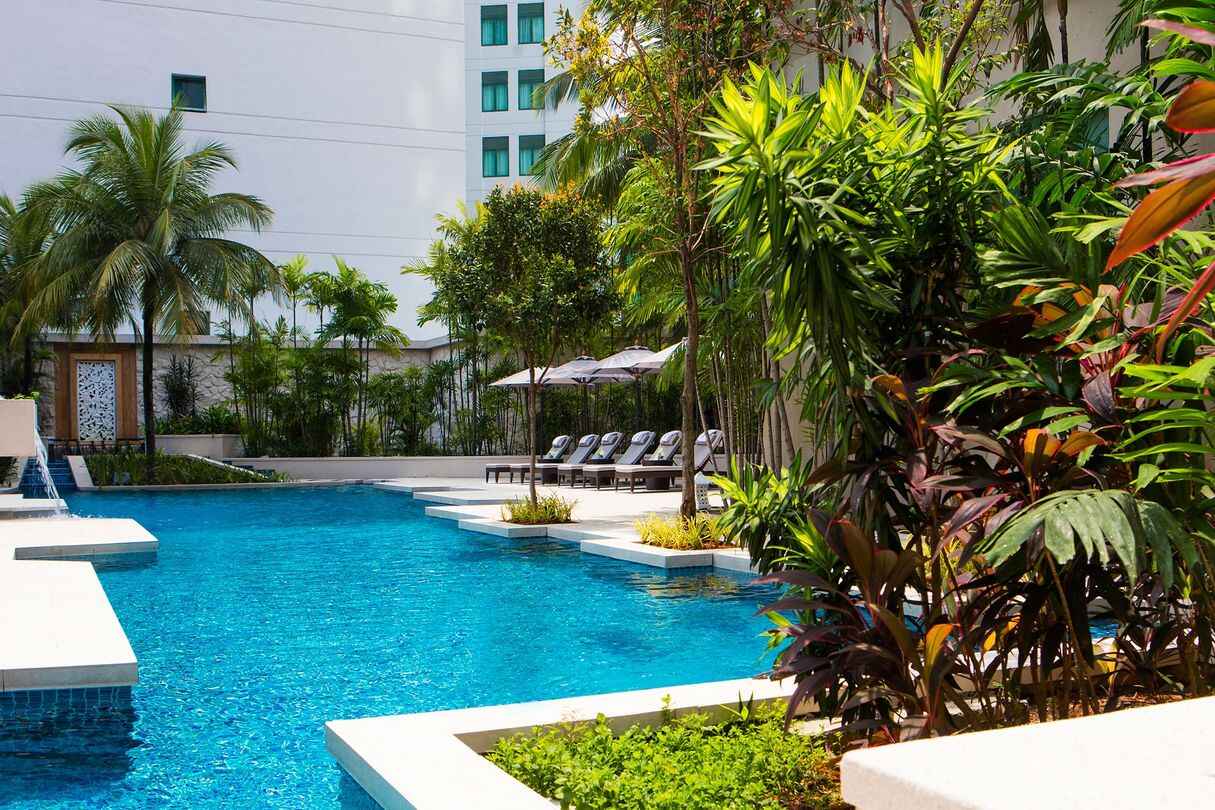
The Ritz-Carlton Kuala Lumpur
Kuala Lumpur
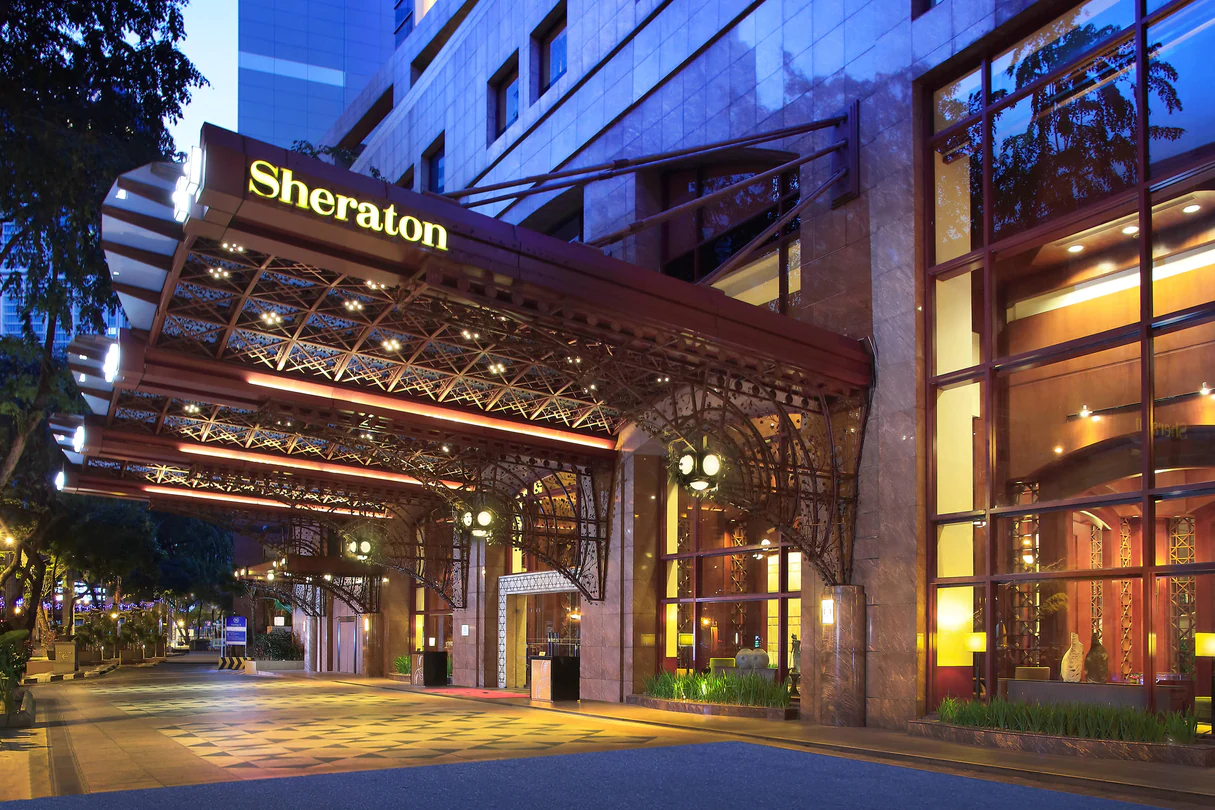
Sheraton Imperial Kuala Lumpur Hotel
Kuala Lumpur
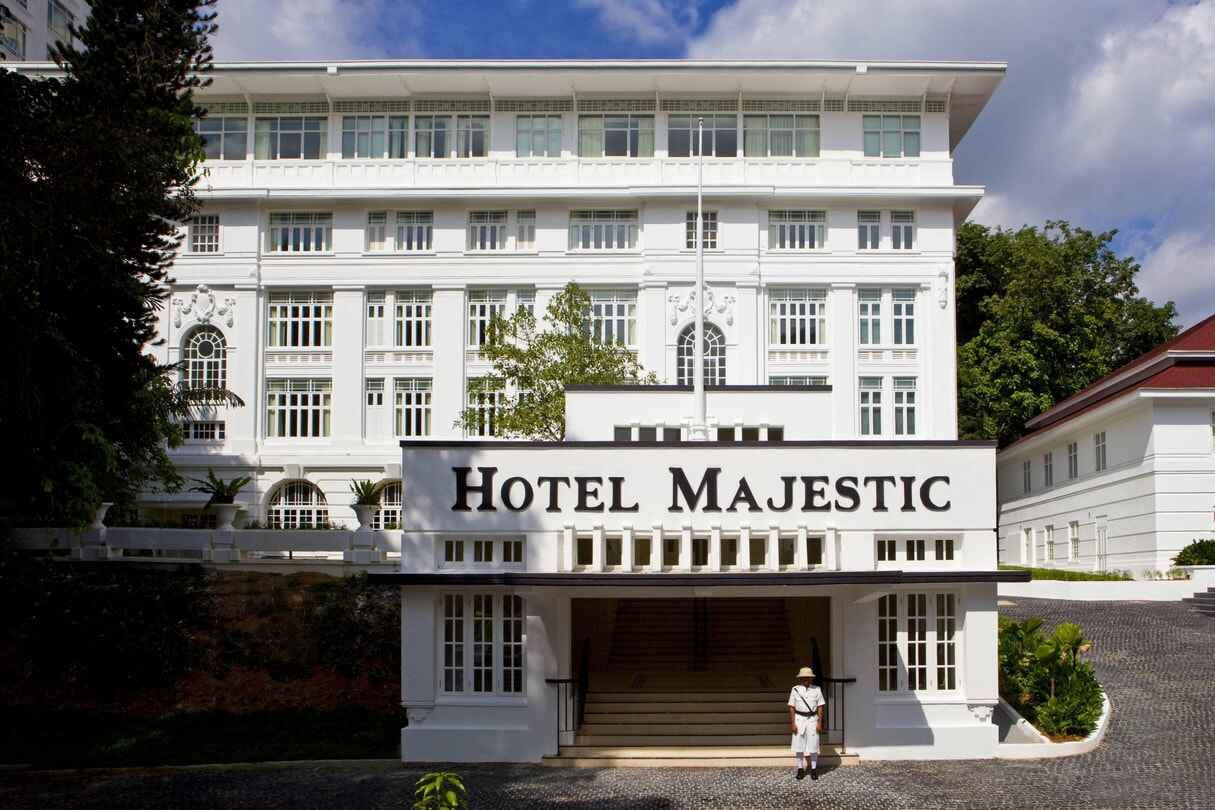
The Majestic Hotel Kuala Lumpur Autograph Collection
Kuala Lumpur

JW Marriott Hotel Kuala Lumpur
Kuala Lumpur
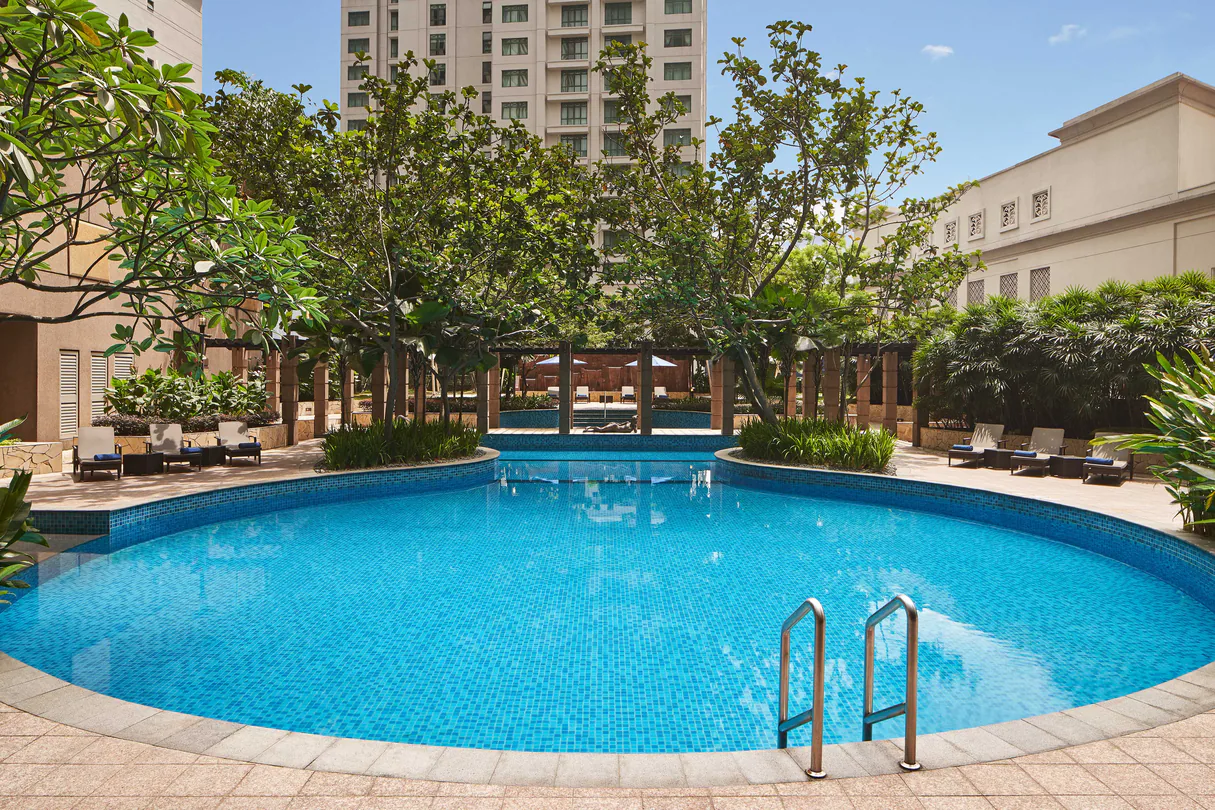
The Westin Kuala Lumpur
Kuala Lumpur

The Andaman,A Luxury Collection Resort,Langkawi
Langkawi

The Westin Langkawi Resort & Spa
Langkawi

Courtyard Penang
Penang

The Wembley - A St Giles Hotel-Penang
Penang
-
SightseeingThose looking for sales should plan a trip to Kuala Lumpur between June and the end of August when the official Mega Sale Carnival, kick-started by the Ministry of Tourism for Malaysia, takes place in an effort to boost Kuala Lumpur as a leading shopping destination.The iconic Petronas Twin Tower, the world's tallest twin building, is Kuala Lumpur's most striking landmark, and a good place to start your sightseeing, as some of the most incredible views of the city can be enjoyed during a tour of the skyscraper. The breathtaking National Mosque (Masjid Negara Mosque), Friday Mosque (Masjid Jamek), and even the intricately ornate, Moorish-style Kuala Lumpur Railway Station, create an old-world charm. There are also some interesting old buildings surrounding Merdeka Square, the spot where Malaysian independence was declared in 1957. History buffs will love the National Museum where they can learn about Malaysia's culture and heritage, and enjoy a traditional shadow play.Outdoor enthusiasts will love Taman Negara, which contains some of the oldest rainforest in the world and spans thousands of square miles of protected land where visitors can enjoy trekking, fishing, river rafting, bird watching or even climbing the peninsula's highest mountain, Gunung TahanThe climate of Kuala Lumpur is typically tropical, which means simply that it is hot and humid all year round, with very little variation in temperature and no distinct seasons. The mercury hovers in the region of 86°F (30°C) all year, but can reach around 95°F (35°C). Rainfall in the city is heavy and storms occur year-round, usually in the late afternoon. The showers often come as a relief to visitors who are unaccustomed to the heat, and don't generally disrupt itineraries very much - just be sure to carry a lightweight rain jacket at all times. Another balm for the heat is the amount of air conditioned buildings that visitors are likely to spend time in; Kuala Lumpur is a modern city well equipped to handle its tropical climate. June, July and August receive slightly less rainfall on average and for this reason many recommend them as the best months to travel to the city.The crowded and colourful Chinatown area is a jumble of shops, food, smells and people. The central section of Petaling Street is closed at night to traffic and the street is transformed into an exciting, brightly lit experience. Vendors spread their wares onto the pavement and one can stroll along endlessly taking it all in. Merchandise ranges from jewellery to toys and t-shirts - with lots of fake brands on sale - and bargaining for the best prices is accepted practice and part of the fun. There are many stalls in the market during the day but Chinatown is a more special experience at night, with the bright lights promising good photographs. However, no matter what time of day you visit, be sure to stay vigilant with your possessions as pick pockets are a problem in the area and the crowds, noise and multitude of distractions make it easy for them to operate. Chinatown's popularity is gradually causing a rise in both prices and petty crime, which is unfortunate, but there is great fun to be had, the food is always yummy, and there are certainly still bargains to seek out. Apart from all the exciting shopping and food, there are some great Chinese temples in the area, for those who want to experience a touch of the culture. Kids generally love the bright and busy area.The Petronas Towers are designed to impress and encapsulate Malaysia's emergence as Southeast Asia's commercial and cultural centre. Celebrated as among the tallest towers in the world and the tallest twin towers, the building stands at a height of 1,483ft (452m) and the two towers are joined by a skybridge extending 192ft (58m) across. Traditional geometric principles of Islamic architecture have been followed using modern technology, with an inspiring result. The Petronas Towers are used as office complexes that form part of the Kuala Lumpur City Centre Development Park. The towers dominate the city skyline and are particularly beautiful at night when they are lit up like a beacon. Many people will recognise the building from the popular film Entrapment, and other movies and programmes.There are limited tickets per day so it is a good idea to get there early or book in advance online. On the tour you will cross the famous bridge and go up to a viewing platform on the 82nd floor. The views of the city are phenomenal. There is an exhibition detailing the development of the towers and a gift shop selling souvenirs like books, postcards, clothes and miniatures.Travellers should note that there have been scams involving fake Petronas Towers tickets - tickets should only be booked at the ticket office or through the official website listed belowBritish architect AB Hubbock was inspired by North Indian Islamic design when he conceived this magnificent railway station, which could easily be mistaken for a sultan's palace. Spires, minarets, towers and arches explode against the backdrop of skyscrapers emphasising the glory of Moorish elegance. The building is lovely and has been very well maintained, and it is a refreshing sight in a city which actually has very little colonial architecture, and few historic old buildings. It serves not only as an aesthetic vision but is in use as an important commuter station; inside it is fairly unremarkable and looks much like other stations. Opposite the station there is an administrative building which is also architecturally interesting. Inside the station there is a small railway museum on the evolutionMasjid Jamek, the Friday Mosque, is located where the Gombak River flows into the Klang River; with palm trees and curved steps leading to the water's edge, the mosque is a haven of peace and tranquillity set among the buzz and rush of modern Kuala Lumpur. The mosque is situated on the spot purported to be where the founders of Kuala Lumpur fist set foot. The design was inspired by Mogul mosques in northern India. Cupolas and minarets top the brick walls and arched colonnades. As with all mosques, a visit calls for conservative dress and the removal of shoes; the mosque staff at the entrance supply women and men with appropriate attire for a mosque visit if they have not come prepared.If you only visit one mosque in Kuala Lumpur the Friday Mosque is probably the best option, but the National Mosque is also worth investigating. A modern contrast to the Friday Mosque, the National Mosque was completed in 1965 and remains one of the largest mosques in Southeast Asia - the vast main prayer hall can accommodate up to 10,000 people. Many of the city's Malay office workers congregate here for the Friday afternoon prayers. The impressive 18-point star-shaped dome represents the 13 states of Malaysia and five central Pillars of Islam. Entry is only permitted once prayers have been concluded. Robes can be borrowed from the desk at the mosque entrance.These beautiful gardens, established in 1888, form the green belt of Kuala Lumpur, and the lakeside loveliness with a backdrop of skyscrapers is reminiscent of New York's Central Park. The lush vegetation surrounds a vast lake, with a number of romantic bridges and plenty of space to relax, read a book, go for a walk or jog, or socialise. Visitors can take a leisurely boat cruise to enjoy views of the gardens from the water. There are numerous attractions within the gardens, which incorporate the National Monument, Butterfly House, Bird Park, Orchid and Hibiscus gardens, and Malaysia's Parliament House situated at the northern end. There are wonderful playgrounds for little ones and if you are travelling in Malaysia with children a jaunt to the gardens is the perfect way to let them blow off some steam. The water and shade make the Perdana Botanical Gardens (formerly known as the Lake Gardens) a cool refuge from the humidity and crowds of the city, and for those interested in the indigenous plant life there is plenty to see. There are numerous restaurants fringing the gardens but the best option is to pack a picnic and spend a few hours in some green nook.Many of Malaysia's historical artefacts and cultural treasures are housed in the National Museum, which is an appropriately designed building, reflecting the Minangkabau architectural style of the region. Ethnographic and archaeological exhibits include life-size dioramas depicting various aspects of traditional Malaysian life. Shadow play (Wayang kilt) displays reflect the ancient artistry of the nation, while exhibits of traditional weapons such as daggers (kris) and machetes (parangs) reveal the Malaysian pride in functional aesthetic forms. The museum covers a lot of time and subject matter and can seem discordant as a result of the many topics and occasional lack of linkage between periods and themes; as a result, it is a good idea to join one of the free guided tours that do the rounds daily at 10am (in several different languages) so that you can ask questions and get a bit more information. Apart from the extensive permanent collection there are always temporary exhibits. There is a cafeteria and museum shop, and the premises are equipped for disabled visitors. Photography is permitted in the museum but only for private use and only with hand-held equipment. The air conditioning is a big plus on hot Malaysian days!Stalagmites and stalactites festoon the interior of these impressive limestone caves, together with the Hindu shrines that honour their deities. The caves were discovered by the American explorer William Hornaby in 1881 and are very interesting in themselves, but have since become a Hindu holy site, particularly associated with the celebration of Thaipusam, a three day religious festival during January/February. Thousands of devotees flock to the caves during the festival to pay penance and undergo rites of self-flagellation that are fascinating, if a bit disturbing, to observe. The largest of the caves, Temple Cave, is reached by climbing 272 steps to its entrance from which a path leads to Museum Cave, housing a dazzling display of ornamental religious art. There is a clear view from the top to the Subramaniam Swamy Temple, set within a large cave that extends for 262 feet (80m). Onsite companies offer rock-climbing opportunities as well. It is a good idea to take some water as the climb up is tiring. Those with physical difficulties may struggle. Beware of the monkeys: they are cute and fun to photograph but they also steal things that take their fancy, so hang on to your belongings and keep an eye out.Taman Negara contains some of the oldest rainforest in the world and spans thousands of square miles of protected land. Its richly diverse fauna and flora have evolved over a staggering 130 million years. The best way to explore the diversity of plant and animal life is by 'trekking' along the jungle trails. Although seldom seen, a small population of nomadic Orang Asli people still live in the rainforest, their makeshift shelters appearing in clearings among the jungle growth. Guided tours to tribal villages are available from several operators. Besides trekking, the park's other attractions are fishing, river rafting or bird watching and climbers can explore the Peninsula's highest mountain, Gunung Tahan, at 7,175 feet (2,187m). The best time to visit Taman Negara is between March and September. There are numerous canopy and trekking tours offered but it is ideal to avoid the tours and do your own thing to really experience this jungle world. It is easy to self-guide in Taman Negara. Hiking the main path across the park takes about three days and there are wooden refuges to camp in at night to keep you safe. The jungle sounds at night are incredibly special, if a bit unnerving for the uninitiated. There are several luxury lodges within the reserve, but budget accommodation can be found on the outskirts.The fascinating seaside city of Melaka (Malacca) preserves the historic convergence of Chinese and European cultures. Its strategic position on the Straits of Melaka brought a tide of trade with China, India, Siam and Indonesia. Colonial powers wrestled for control, and much of the Portuguese influence from the 1500s is cemented in its architecture. The most notable cultural presence today is predominantly Chinese. Chinese merchants continue to play their trades in the tradition of their forefathers. Open-air markets burst with colourful fruit, vegetable and fish produce. The oldest Chinese temple in Malaysia, Cheng Hoon Teng, together with the vast Chinese cemetery, support a thriving industry entirely dedicated to the deceased.The merging of Chinese and Malay cultures has produced a unique ethnic group found in Melaka, the Baba-Nyonya. The remarkable lifestyle of this micro-culture can be explored in the dedicated Baba-Nyonya Heritage Museum. Jonker Street is an attractive thoroughfare, almost always strung with traditional Chinese lanterns, which often hosts night bazaars and festivities on weekends. Trips on the Malazza River are popular, and there are many historic buildings to explore, including the Stadthuys, which was once the seat of the Dutch administration and now houses a history museum. There are also some interesting ruins on St. Paul's Hill.The Menara Kuala Lumpur (better known as the KL Tower) is among the tallest telecommunications towers in the world, standing at 1,381 feet (421m). The tower has become a magnet for extreme sports enthusiasts, particularly BASE (Building, Antenna, Span and Earth) jumpers. Every year an increasing number of daredevils make repeated jumps from the tower and allow three-second free falls before opening their chutes, leaving spectators breathless. There are also night jumps. Only experienced BASE jumpers, who have done at least 120 jumps previously and have been active participants in the sport for more than two years, will be considered as contestants. A maximum of a hundred jumpers are selected annually. Other events on the day include a light aircraft fly by, helicopter roping, radio controlled aircraft displays and gliding exhibitions. There is also BASE jumping done at the Gua Damai Cliff in the Gua Damai Extreme Park (a 20-minute drive from the KL Tower). For more information and some video clips of the event check out the official website listed below.The Menara Kuala Lumpur (better known as the KL Tower) is among the tallest telecommunications towers in the world, standing at 1,381 feet (421m). The tower has become a magnet for extreme sports enthusiasts, particularly BASE (Building, Antenna, Span and Earth) jumpers. Every year an increasing number of daredevils make repeated jumps from the tower and allow three-second free falls before opening their chutes, leaving spectators breathless. There are also night jumps. Only experienced BASE jumpers, who have done at least 120 jumps previously and have been active participants in the sport for more than two years, will be considered as contestants. A maximum of a hundred jumpers are selected annually. Other events on the day include a light aircraft fly by, helicopter roping, radio controlled aircraft displays and gliding exhibitions. There is also BASE jumping done at the Gua Damai Cliff in the Gua Damai Extreme Park (a 20-minute drive from the KL Tower). For more information and some video clips of the event check out the official website listed below.Kids Attractions OverviewOne might not think that Kuala Lumpur would be a children's playground, but on closer inspection visitors travelling with their families will find plenty of fun opportunities to explore this fascinating and cosmopolitan city with their children. With a plethora of attractions, shopping malls, playgrounds and adventurous activities, figuring out where to begin will be the hardest part!The Petronas Towers are Kuala Lumpur's most famous attraction and a tour of the skyscraper is a must for children in the city; the dizzying heights and breathtaking views over the city from the skybridge are thrilling to kids of all ages. A visit to the Perdana Botanical Gardens is also a great choice for the whole family; here there are plenty of wide open spaces for children to run around and play in, and there are lovely spots for picnics. The gardens also house attractions like the Butterfly House and Bird Park, which will captivate young and enquiring minds.Other child-friendly activities include popping in to Chinatown to look at the toys, or taking a walk through the Taman Negara National Park and marvelling at the flora and fauna and indigenous bird life. If the weather is simply too hot to handle, children will enjoy any one of Kuala Lumpur's many water parks, such as the Sunway Lagoon or the Desa Water Park. When the sun goes down, treat the kids to the unique and unforgettable Fireflies tour, which takes visitors down the Selangor River by boat to watch fireflies lighting up the mangrove treesClimateThe climate of Kuala Lumpur is typically tropical, which means simply that it is hot and humid all year round, with very little variation in temperature and no distinct seasons. The mercury hovers in the region of 86°F (30°C) all year, but can reach around 95°F (35°C). Rainfall in the city is heavy and storms occur year-round, usually in the late afternoon. The showers often come as a relief to visitors who are unaccustomed to the heat, and don't generally disrupt itineraries very much - just be sure to carry a lightweight rain jacket at all times. Another balm for the heat is the amount of air conditioned buildings that visitors are likely to spend time in; Kuala Lumpur is a modern city well equipped to handle its tropical climate. June, July and August receive slightly less rainfall on average and for this reason many recommend them as the best months to travel to the city.
-
Getting AroundThe easiest way to get around Kuala Lumpur is on the five different commuter train routes, each operated by a different company. The KL Monorail serves the main shopping and hotel districts, while the LRT serves China Town. Fares are reasonable and the trains are frequent on all routes, operating from about 5.30am to midnight. City buses are hot, crowded and totally unreliable. Taxis can be hailed at the roadside or found at obvious locations outside hotels, shopping centres and the like. Metered fares rise steeply between midnight and 6am, and drivers sometimes raise the price during peak hours or in bad weather. Hiring a car and self-driving is not recommended in Kuala Lumpur as the traffic is stressful and confusing and public transport is more than sufficient
-
NightlifeA city that never sleeps, Kuala Lumpur's streets come to life with bright lights, bustling bars, loud music and pumping clubs after dark. From karaoke lounges and pubs to discos and jazz clubs, there's something for everyone to enjoy on a night out in Kuala Lumpur. It may be predominantly Muslim, but due to the city's cosmopolitan nature alcohol is widely available and the nightlife is some of the best in Asia.The city centre is the commercial and business hub by day, but once the sun sets things heat up and some of the city's most eccentric bars and trendiest clubs can be found along Jalan P. Ramlee, Jalan Ampang and Jalan Sultan Ismail. Bukit Bintang is another one of the most popular areas for night-time entertainment, and in particular Changkat Bukit Bintang is where visitors will find great restaurants and busy, vibrant bars, regular stops for young and international residents.Those looking for a quiet night on the town can enjoy a few drinks at a karaoke bar - a staple of Malaysian society. Getting in on the entertainment is entirely optional and it is great fun for visitors to watch and enjoy the music. Enjoying the local theatre, cabarets and cine-plexes showing contemporary English, Malay, Chinese, Hindi and Indonesian movies is also popular. With so many options the only difficult thing about heading out for a night on the town in Kuala Lumpur will be deciding what to wear and where to start.
-
RestaurantsA melting pot of cultures and cuisines, eating out in the cosmopolitan city of Kuala Lumpur is a gastronomic exploration and a treat for the senses. With so many different cuisines on offer, served in some trendy and stylish settings, visitors will have their hands (and mouths) full sampling the delicious fare on offer in Kuala Lumpur.Not all locals or travellers have the time or money to sit down to a three-course meal so many opt to dine, quite simply, on the side of the road. There are thousands of roadside stalls and food bazaars catering to all kinds of tastes and budgets which are really worth trying. Popular bites include satay(marinated and barbecued meat, normally chicken, beef or mutton), nasi lemak(savoury rice steamed in coconut milk) and chicken rice and fried noodles.Indigenous Malaysian cuisine is influenced by Thai, Indian and Chinese cooking and the mixture produces new and exciting flavours. Indian Muslim (Mamak) cuisine is especially fragrant, with lots of spices, coconut milk, and curry leaves, and is one of Kuala Lumpur's most popular cuisine choices. Malaysian Chinese cuisine is also a favourite among both locals and visitors, and still remains distinctly Chinese. With so many types of cuisines and types of eateries to explore, eating out in Kuala Lumpur is just another one of the city's fabulous attractions and adds to the authenticity of the experience.
-
ShoppingMalaysia's eclectic capital is a shopper's paradise. Home to more than 70 shopping malls and priding itself on being the retail, fashion and electronics hub of Malaysia, Kuala Lumpur is certainly a must for those looking for retail therapy while on holiday. The capital considers its shopping experience to be one of its main attractions, so tourists are advised to pack lightly and bring extra luggage space in preparation for a shopping marathon!The Golden Triangle is the city's premier shopping area and is the entertainment and commercial centre of the city. Bukit Bintang Street is where fashion merchandise, IT goods, designer brands and electronic goods can be picked up at shopping malls such as Low Yat Plaza, Sungai Wang Plaza, Lot 10 and Times Square. The Suria KLCC is one of Malaysia's most popular shopping spots due to its location beneath the iconic Petronas Twin Towers. Midvalley's Megamall in the Bangsar and Midvalley area is also a great place to browse for fashionable items.The Art Deco Central Market on Jalan Hang Kasturi is a great place to buy arts and crafts, and is a popular stop on most travellers' shopping itineraries, as everything from antiques and paintings to handicrafts, clothing and quirky souvenirs can be found. Best buys includeDespite the shock of terrorist attacks a few years ago, Bali is still a tropical paradise with a rich and intriguing culture, and beautiful land and seascapes, that attracts those in search of an idyllic vacation; however, visitors are still advised to contact their foreign office for the latest travel advice before travelling to Indonesia, and Bali in particular.pewter, brass and silver jewellery, wood carvings, and pottery. After rummaging through the busy Central Market, visitors can take a walk across to nearby Chinatown where everything from jewellery, herbal medicines, dried food, 'designer' t-shirts, handbags and wallets can bargained for Those looking for sales should plan a trip to Kuala Lumpur between June and the end of August when the official Mega Sale Carnival, kick-started by the Ministry of Tourism for Malaysia, takes place in an effort to boost Kuala Lumpur as a leading shopping destination.
-
HealthSome tropical illnesses are prevalent in Malaysia and travellers should seek medical advice regarding any recommended vaccinations before travelling. Hepatitis A and hepatitis B are common, as is dengue fever, which has no vaccination or immunisation. There has been an increase in cases of dengue fever in recent years. Malaria risks are isolated to the inland regions; the exception is Sabah, where there is an all-year risk. Travellers older than one year coming from infected areas require a yellow fever vaccination certificate. Visitors may also be advised to get vaccinations for rabies, typhoid and Japanese encephalitis, depending on their travel itineraries in Malaysia. Visitors should stick to bottled water and avoid uncooked meat, fish and vegetables, unpeeled fruit, ice and salads. A further health hazard in Malaysia is smoke haze and air pollution, particularly in Kuala Lumpur, which has some of the poorest air quality in Asia with very high Benzene pollution levels. This could aggravate cardiac or respiratory problems.The hospitals in Kuala Lumpur and other major Malaysian cities are of a high standard but medical facilities may be lacking in rural areas. Comprehensive medical insurance is recommended.
-
Passport/VisaForeign passengers to Malaysia are required to hold sufficient funds (at least USD 100 per day) to cover their expenses while in the country, and return/onward tickets and the necessary travel documentation for their next destination. If passengers are not in possession of a return/onward ticket, they will be requested to purchase one. Passports must have at least one unused page upon arrival. Note that admission will be refused to foreign ladies in an advanced stage of pregnancy (six months or more), except if they are in transit, for a maximum period of 72 hours (no extensions allowed). A yellow fever vaccination certificate is required to enter Malaysia, if arriving within six days of leaving or transiting through an infected area. NOTE: It is highly recommended that your passport has at least six months validity remaining after your intended date of departure from your travel destination. Immigration officials often apply different rules to those stated by travel agents and official sources.The hospitals in Kuala Lumpur and other major Malaysian cities are of a high standard but medical facilities may be lacking in rural areas. Comprehensive medical insurance is recommended.Visitors wishing to travel to the Indonesian province of Irian Jaya must obtain a special permit ("Surat Jalan") after arrival in Indonesia from the Dinas Intel Pam Pol MABAK in Jakarta, or other regional police headquarters in Biak or Jayapura. It normally takes about two days to obtain this permit. Upon arrival in Irian Jaya, visitors must report to the local police office.Note that a yellow fever vaccination certificate is required, if arriving in Indonesia within six days of leaving or transiting through an infected area.NOTE: It is highly recommended that your passport has at least six months validity remaining after your intended date of departure from your travel destination. Immigration officials often apply different rules to those stated by travel agents and official sources.
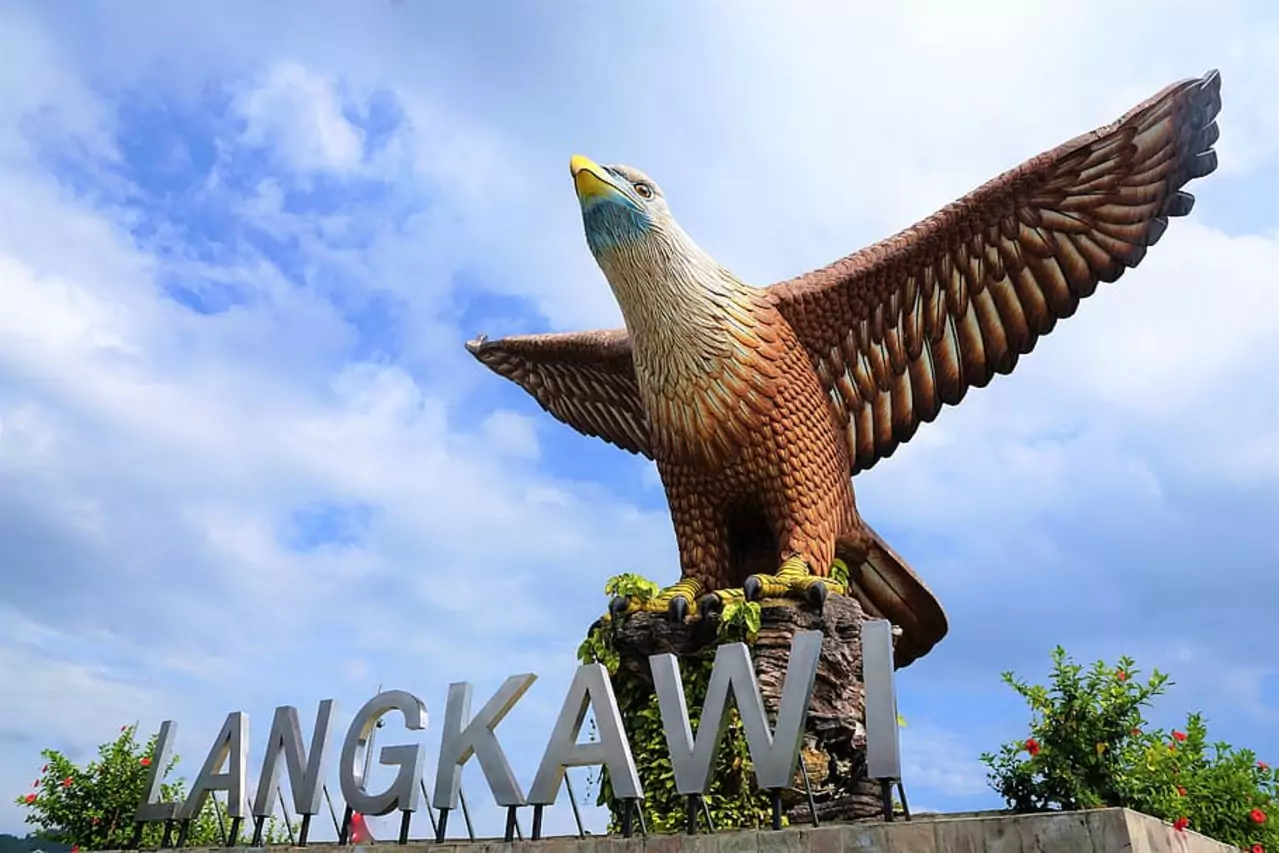
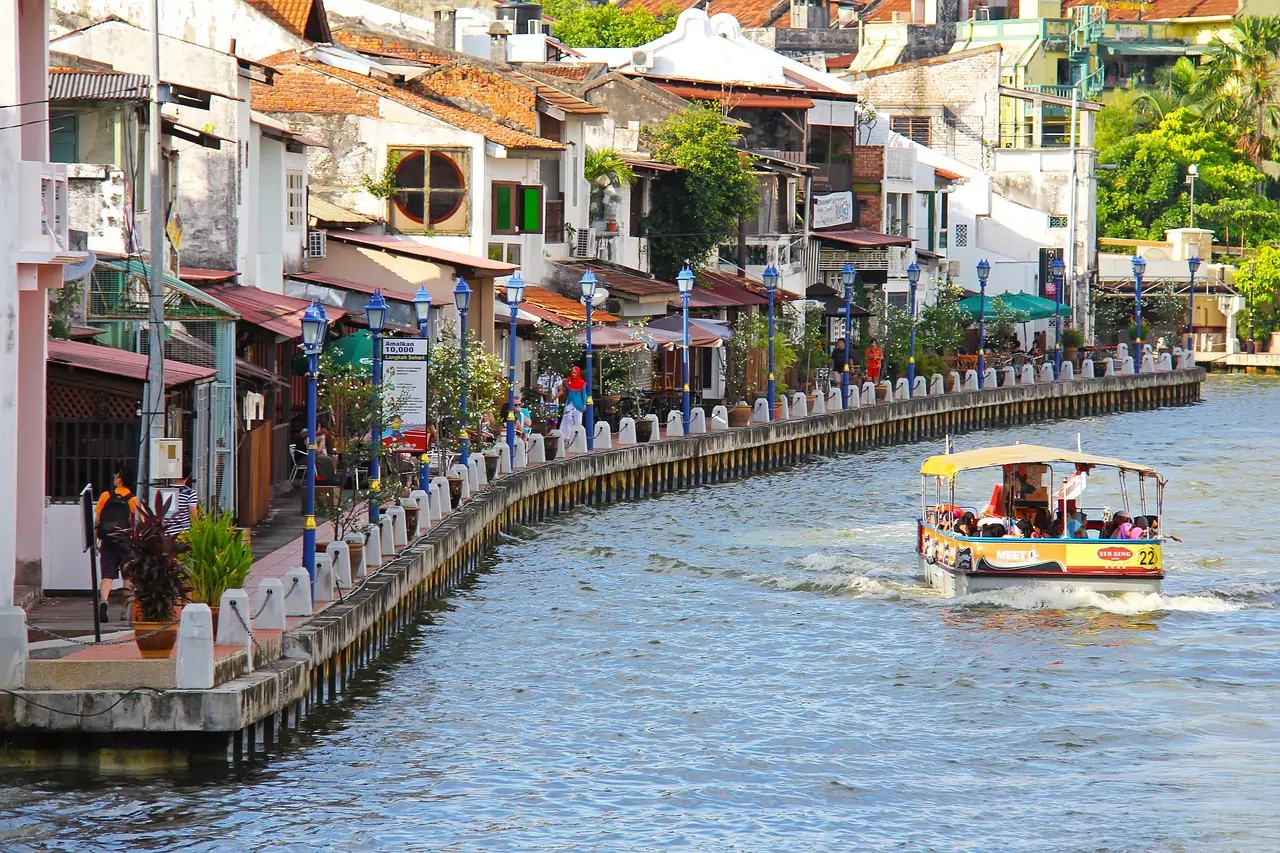
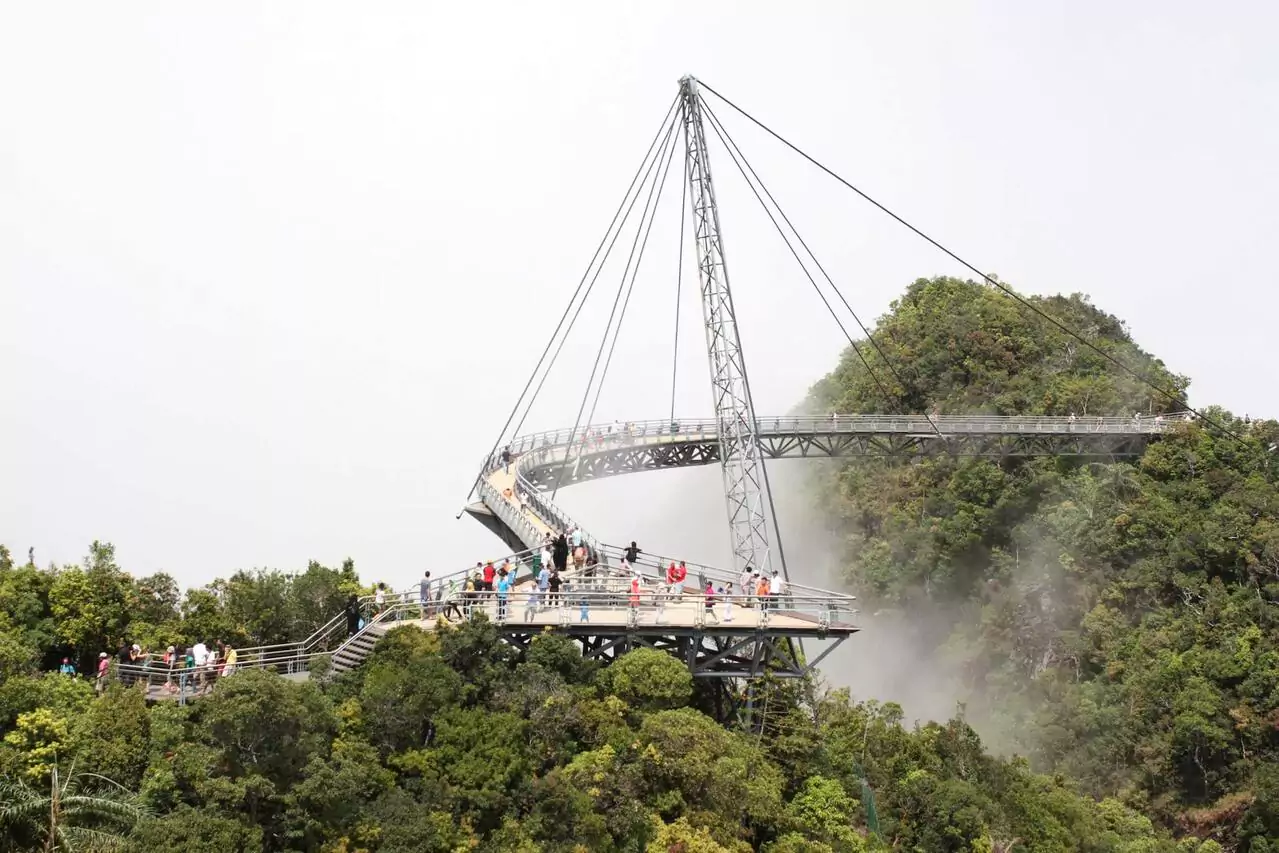

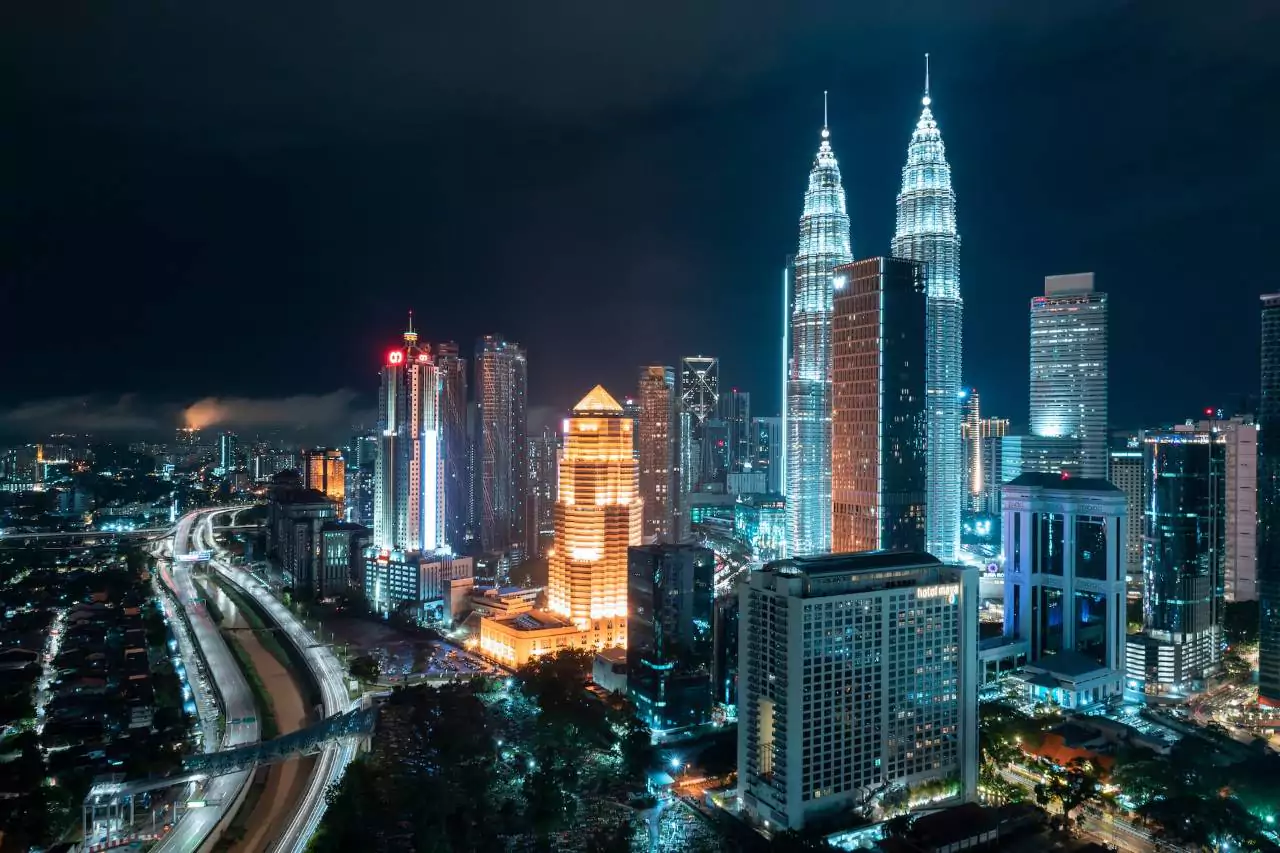
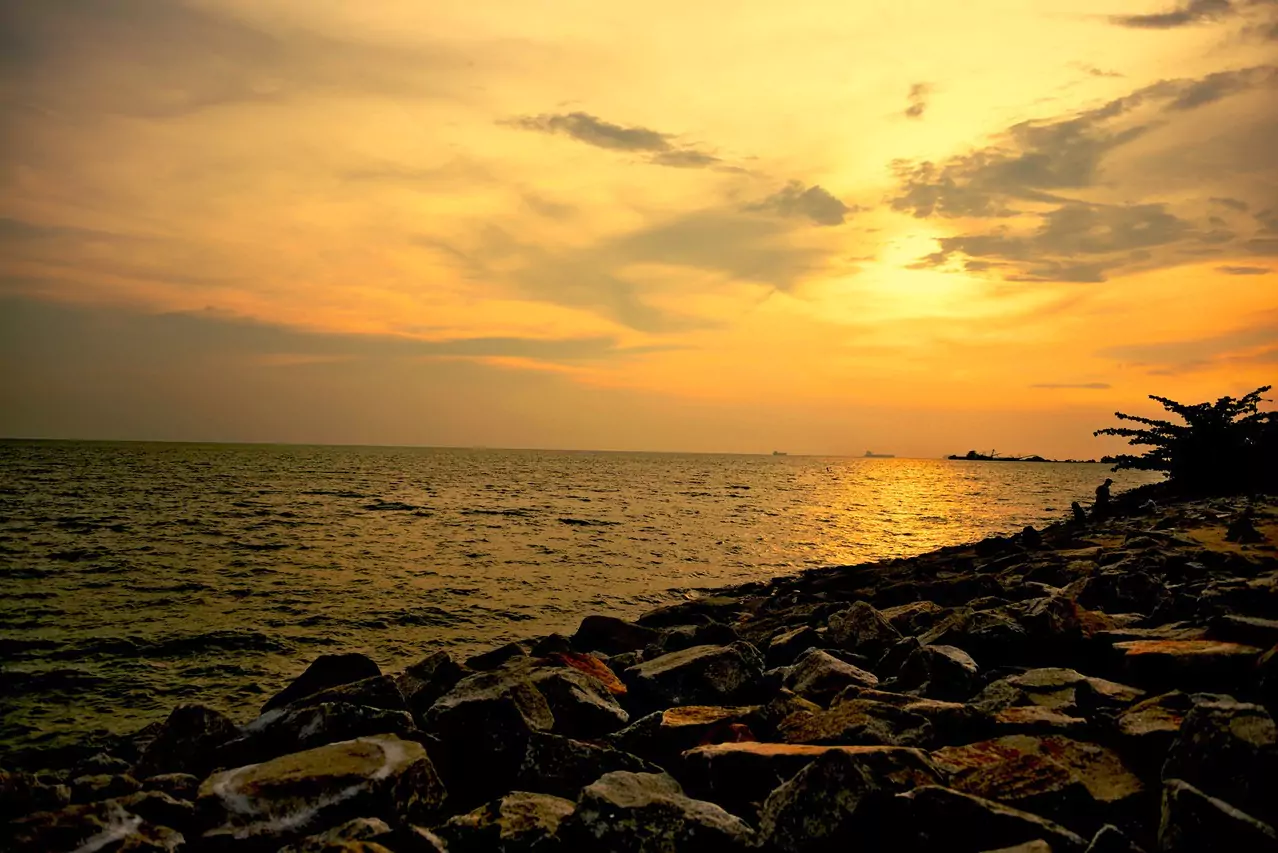
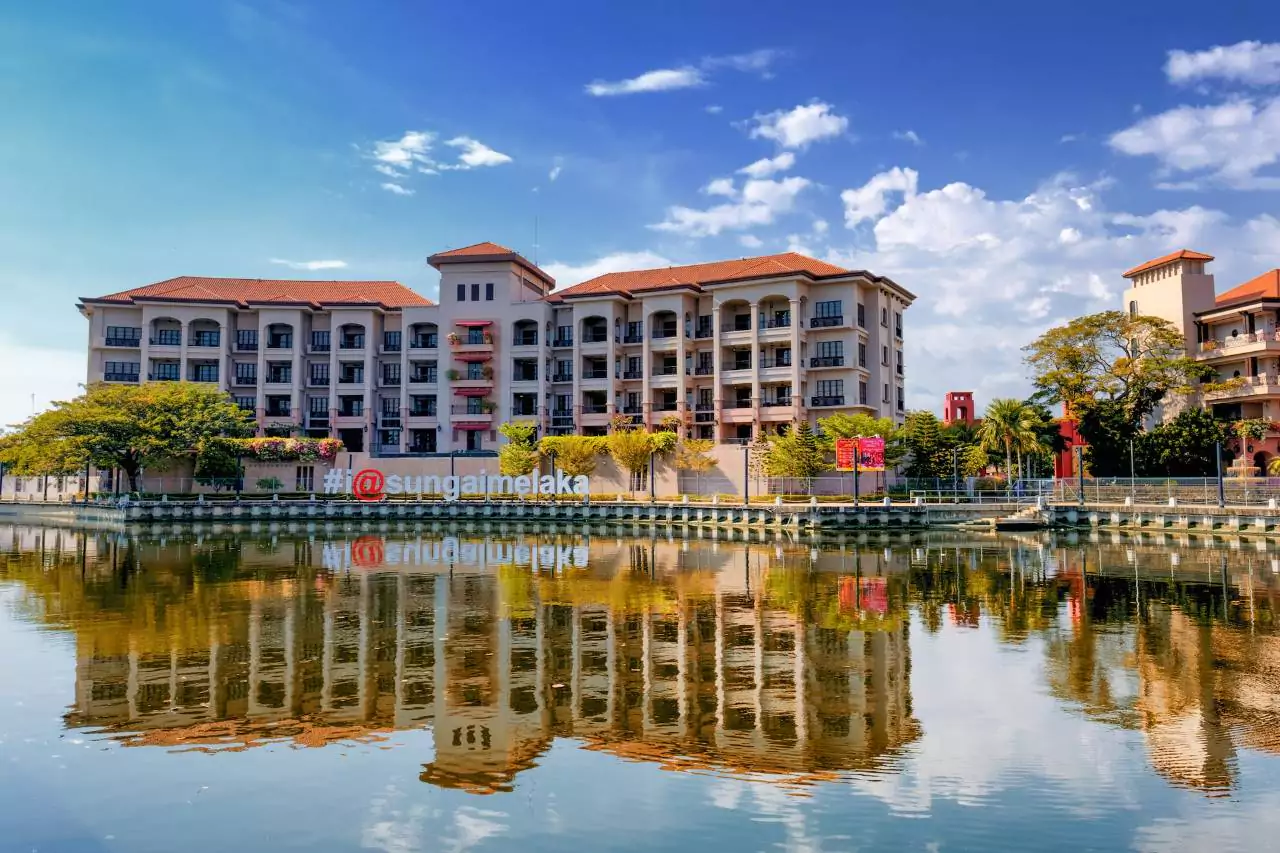
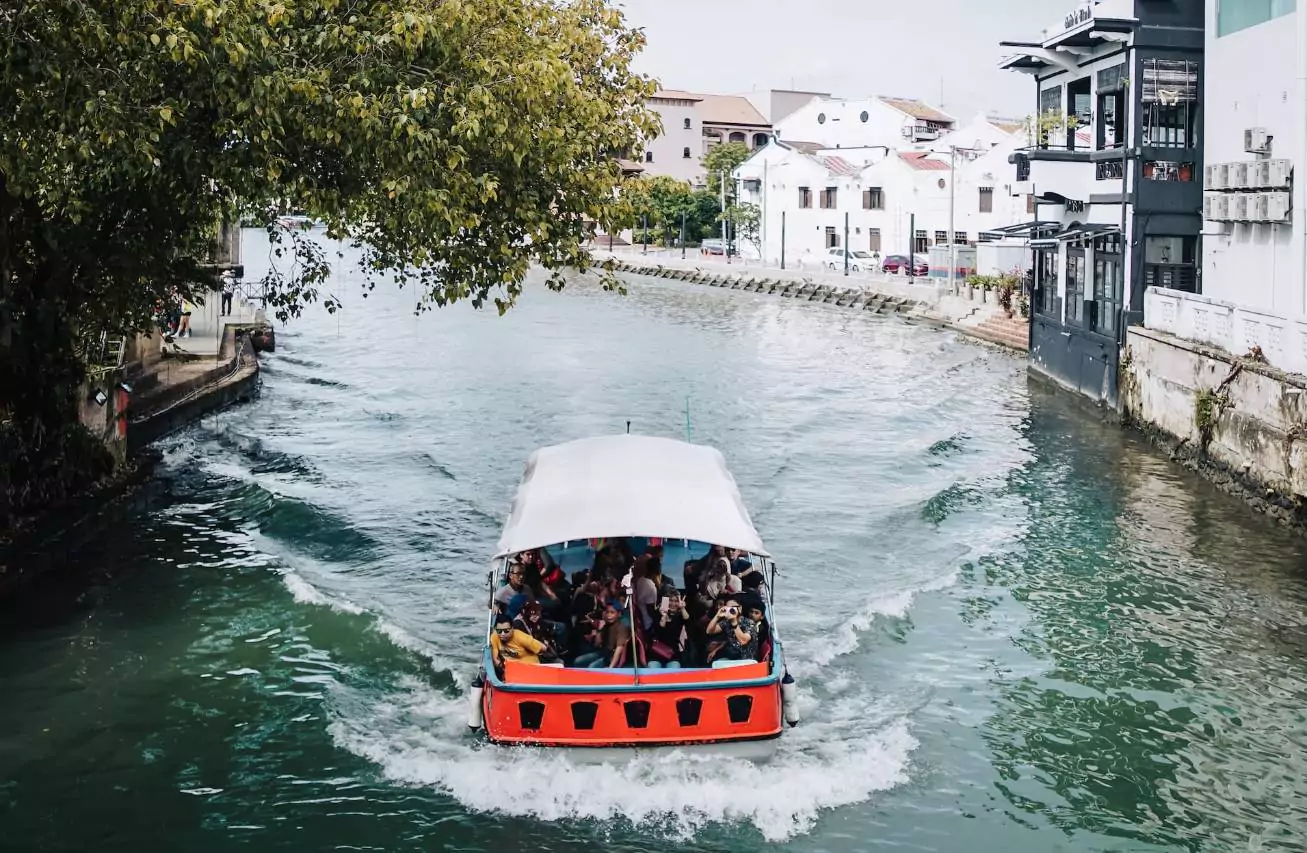

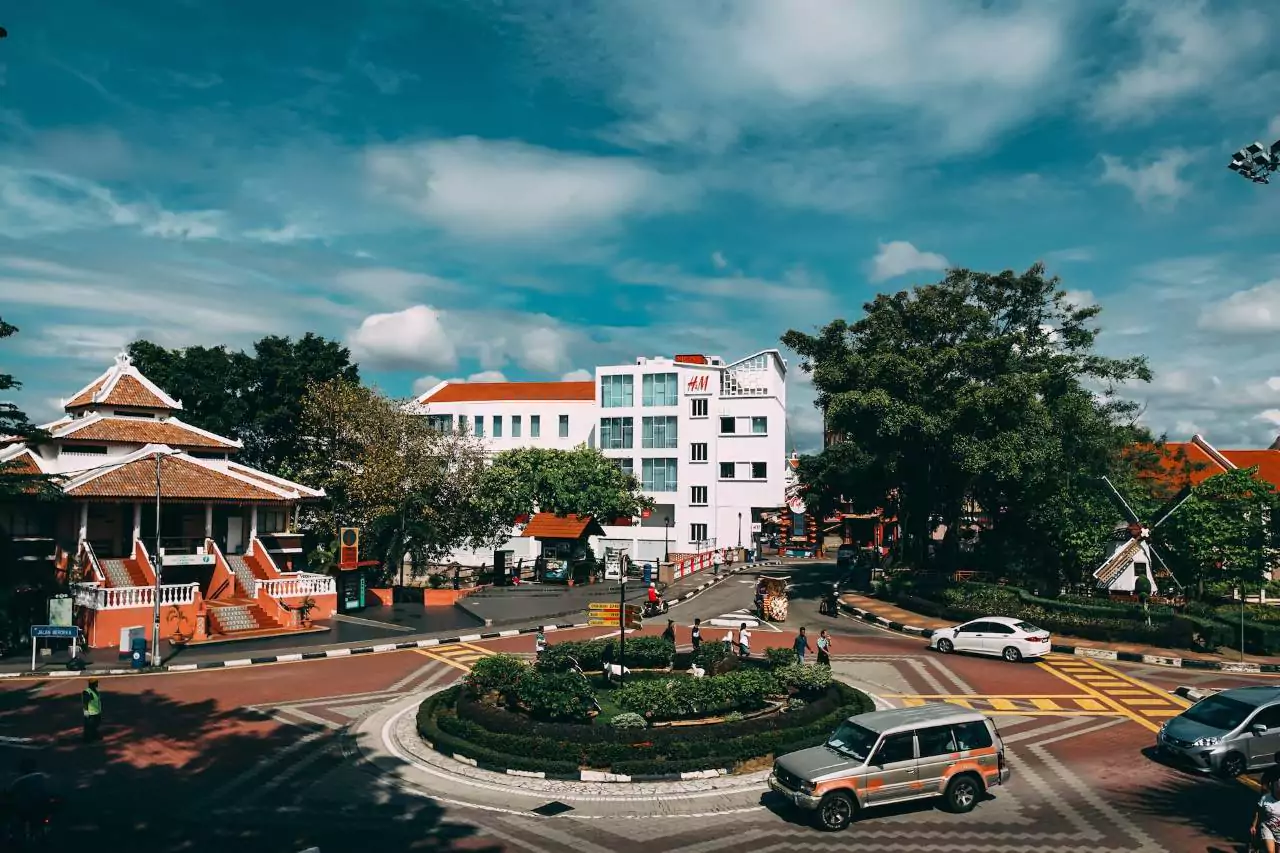

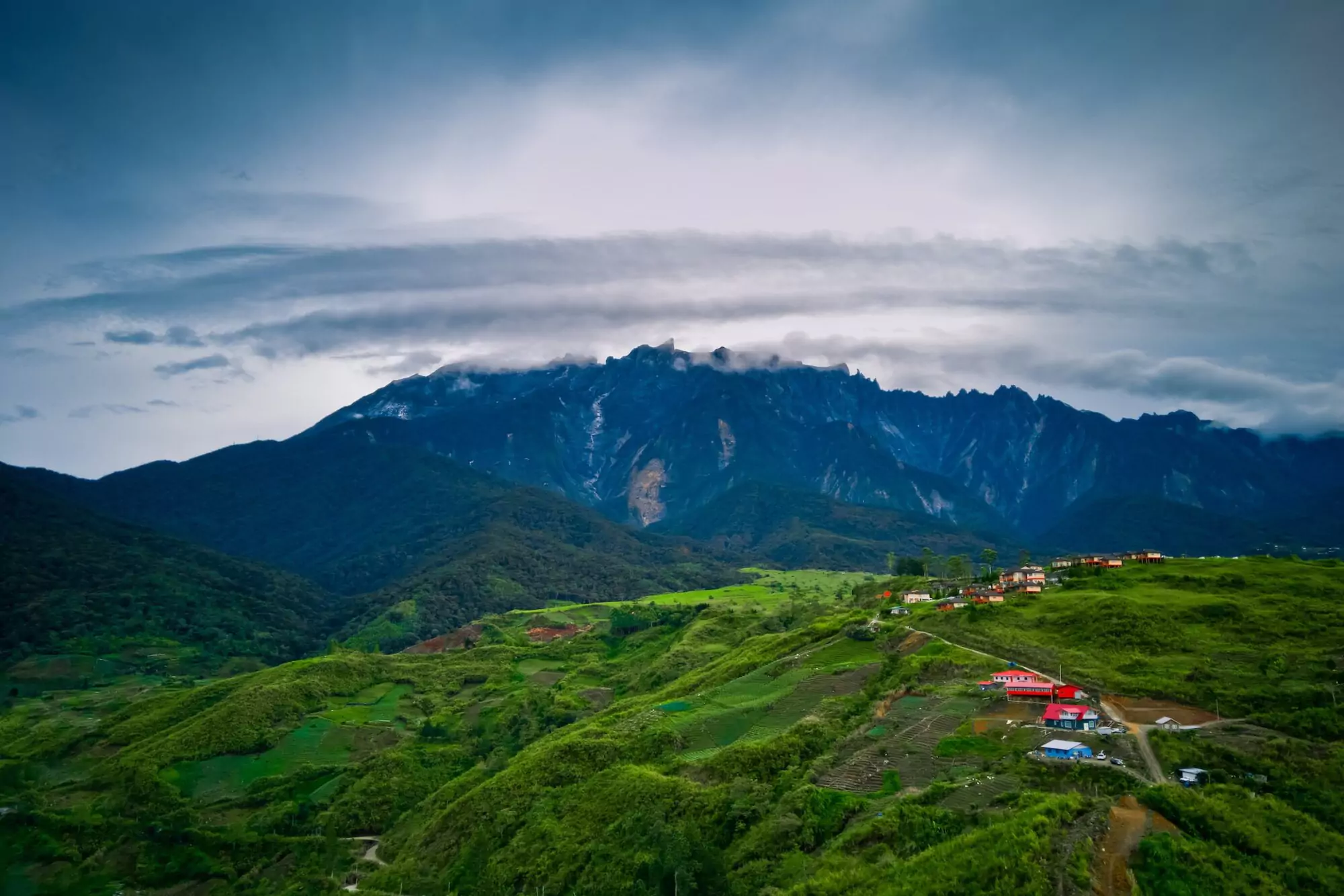

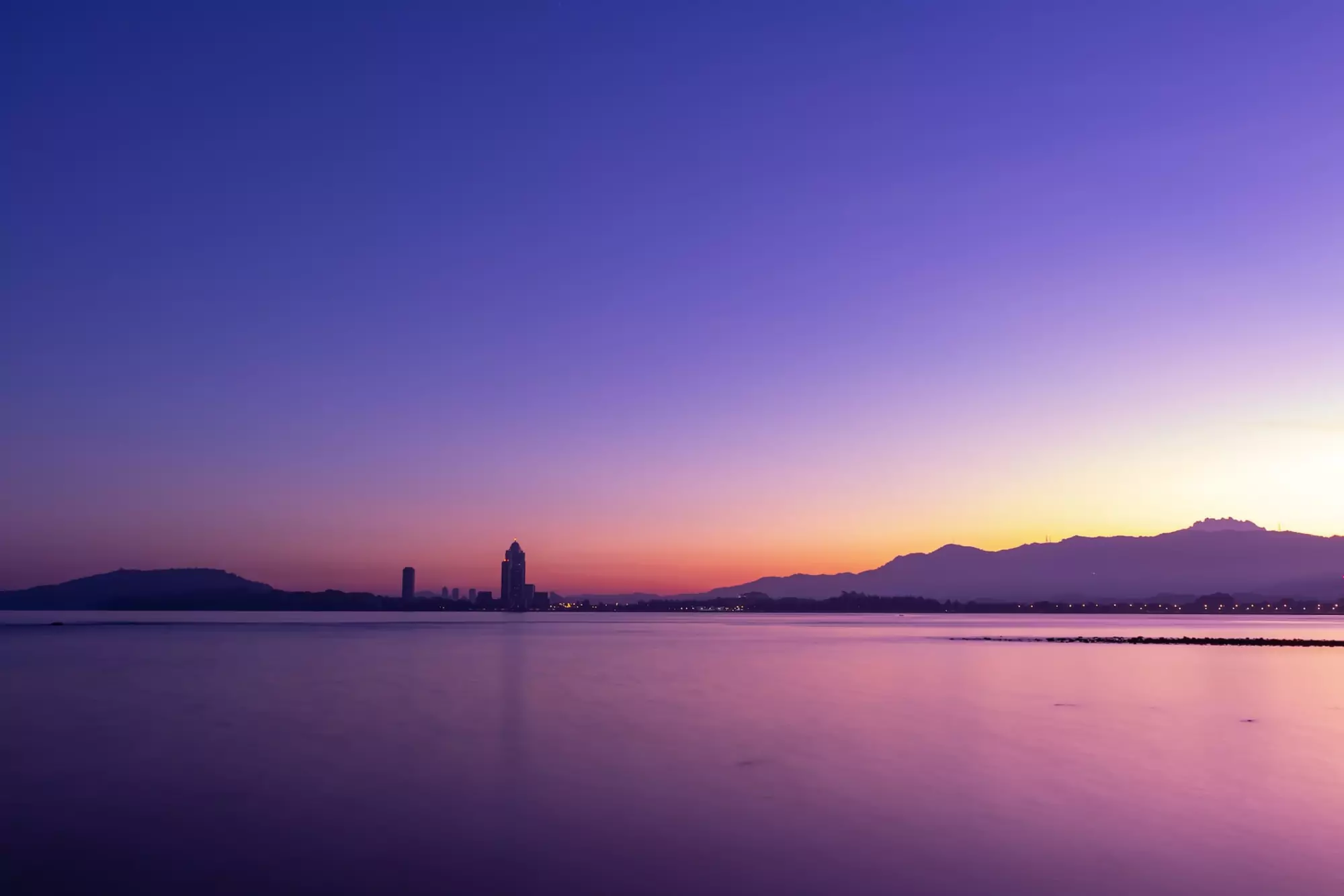
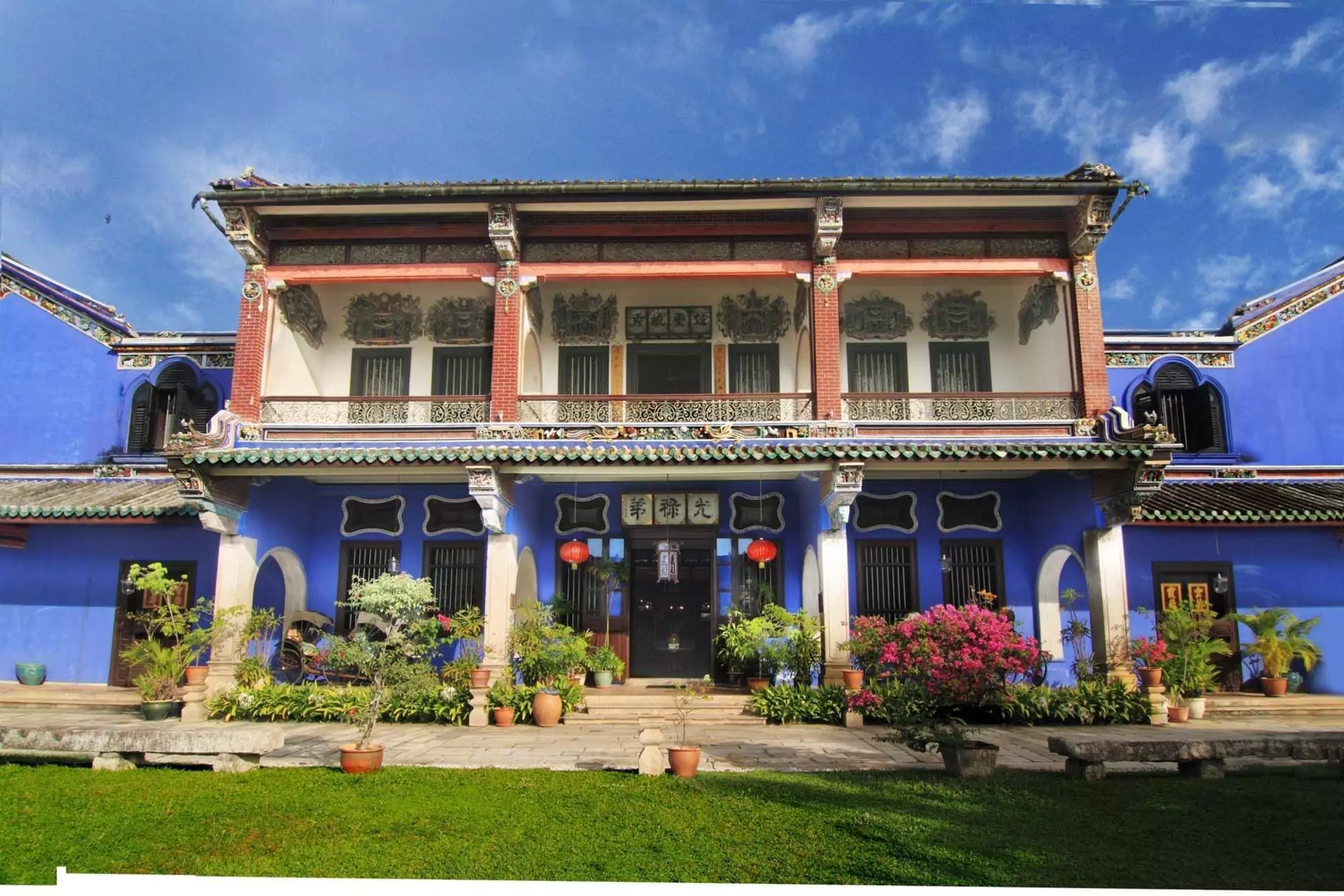
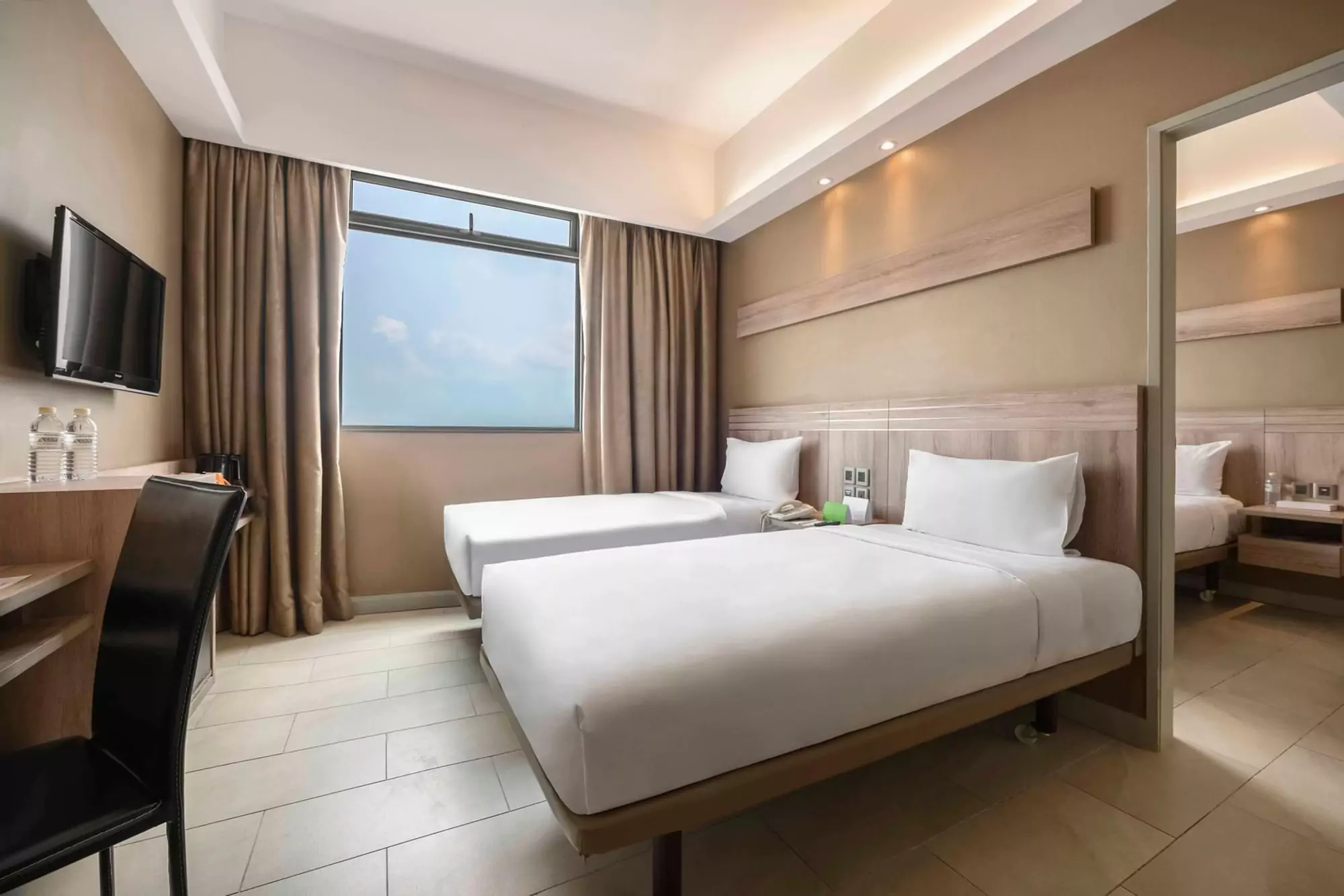


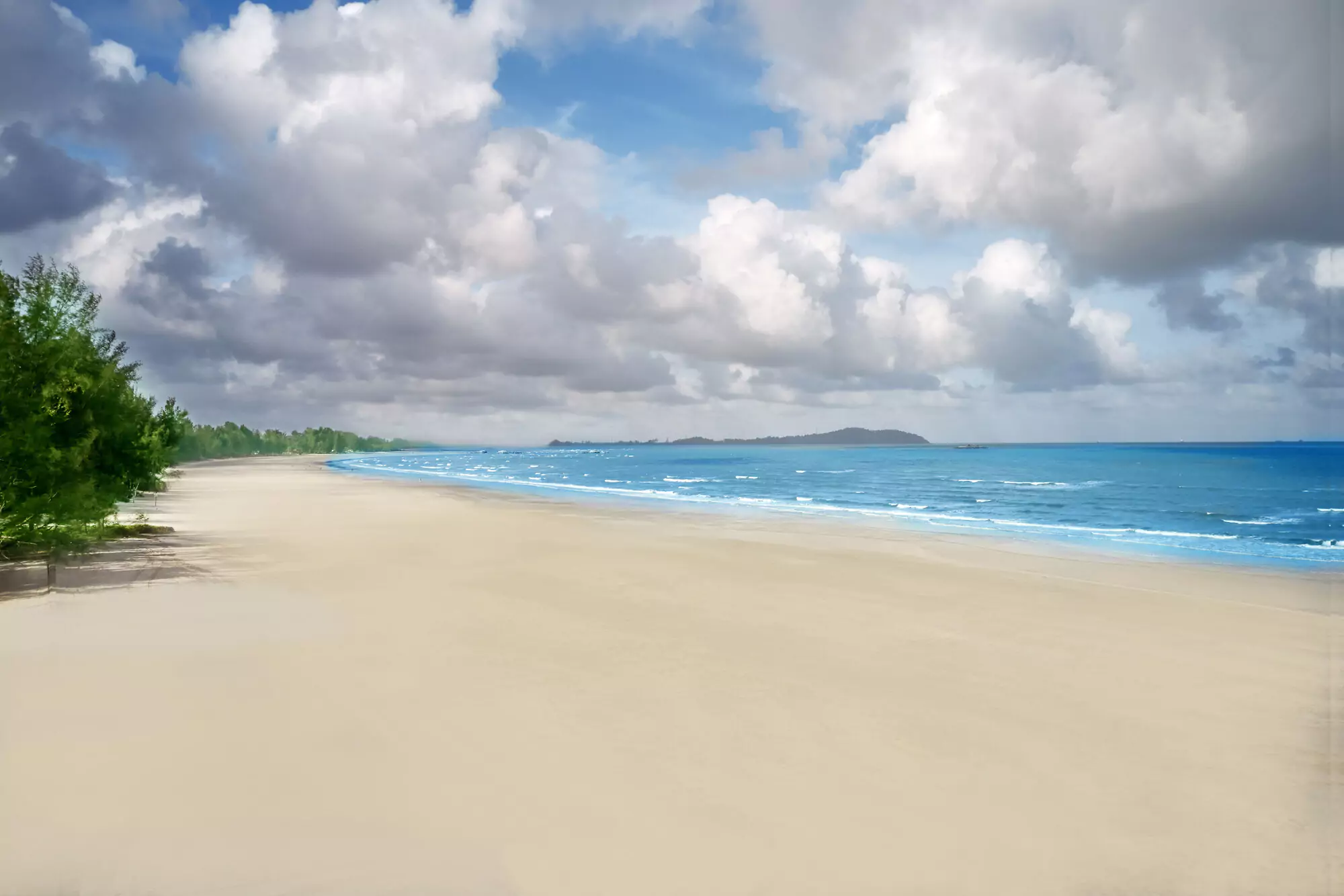


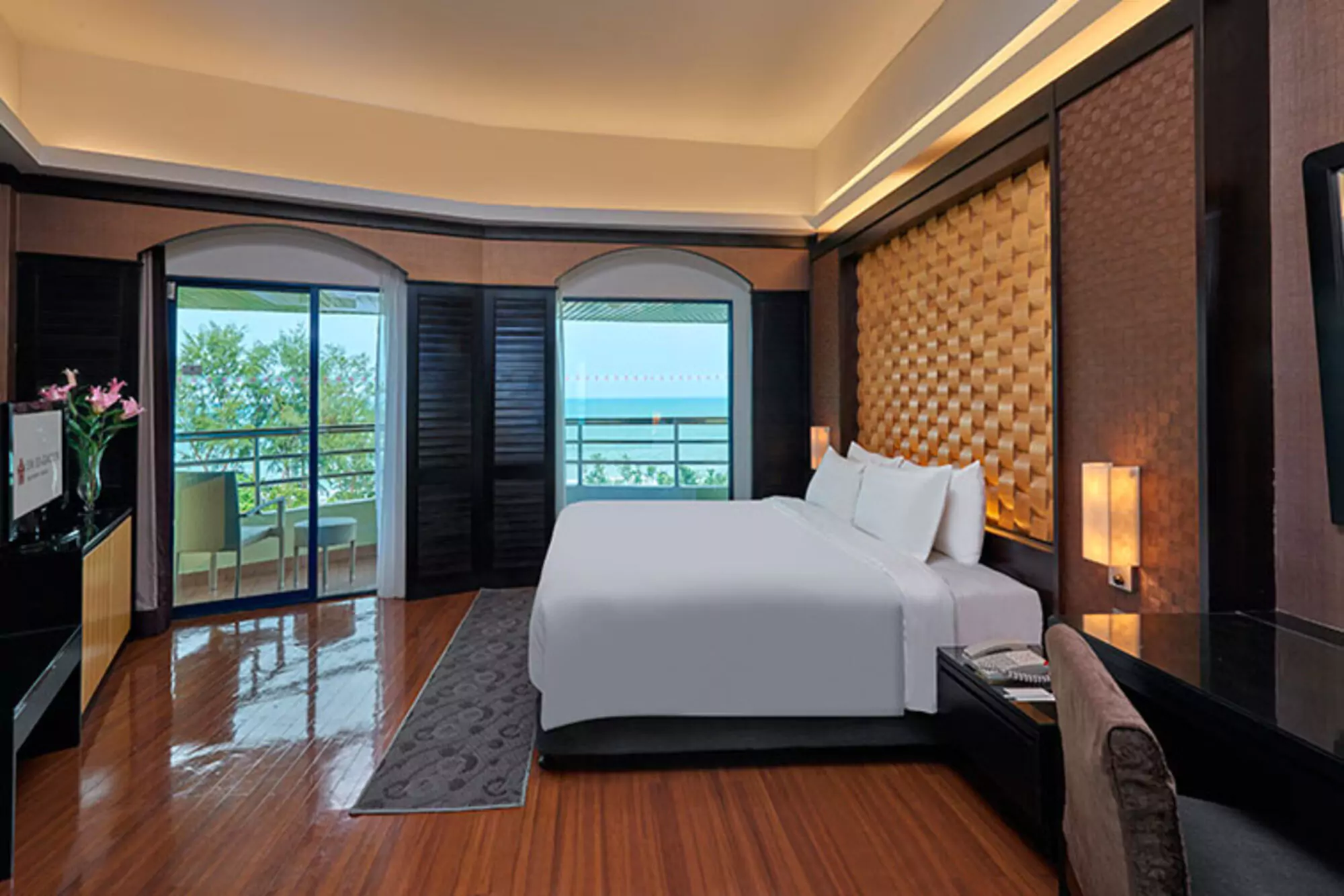

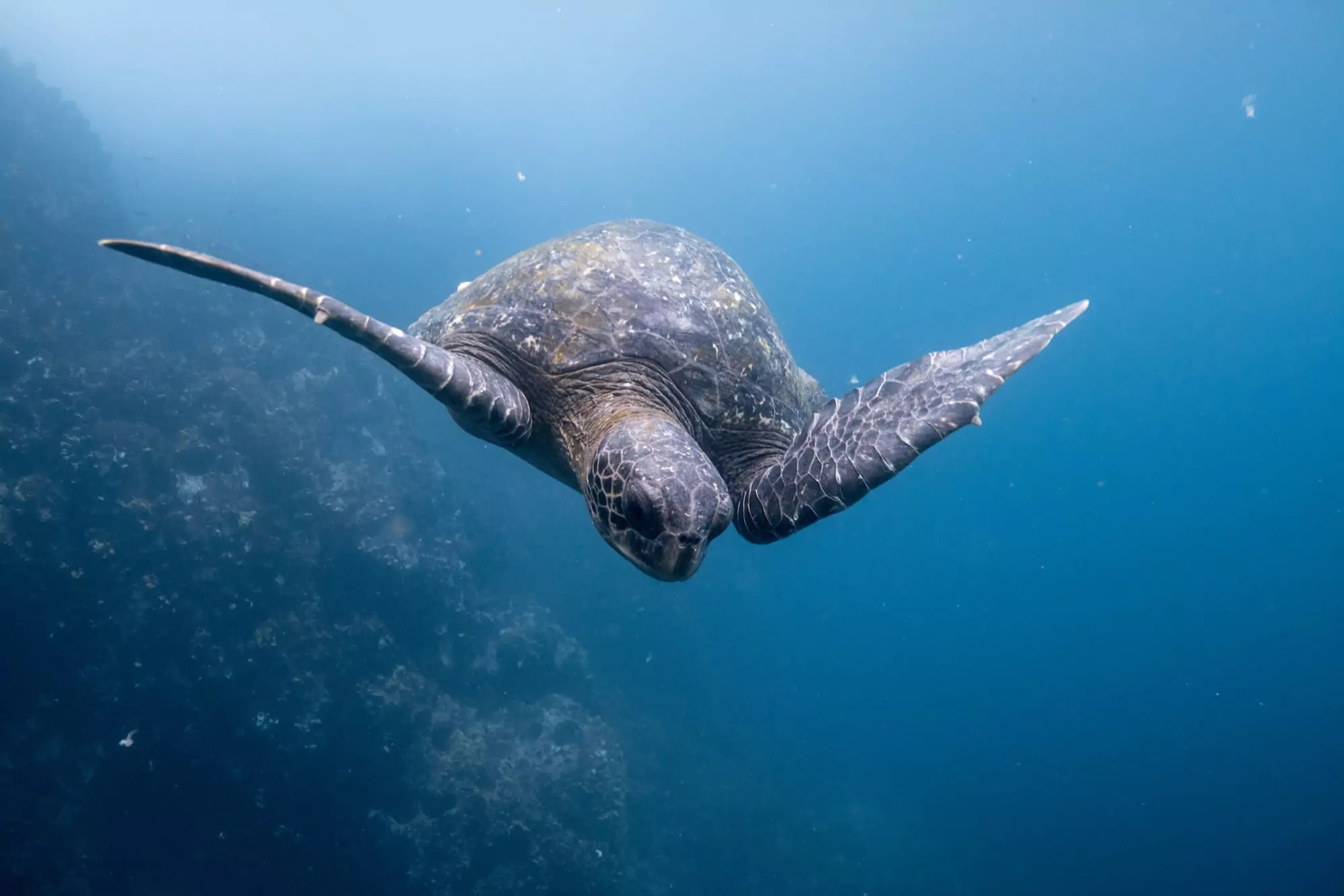

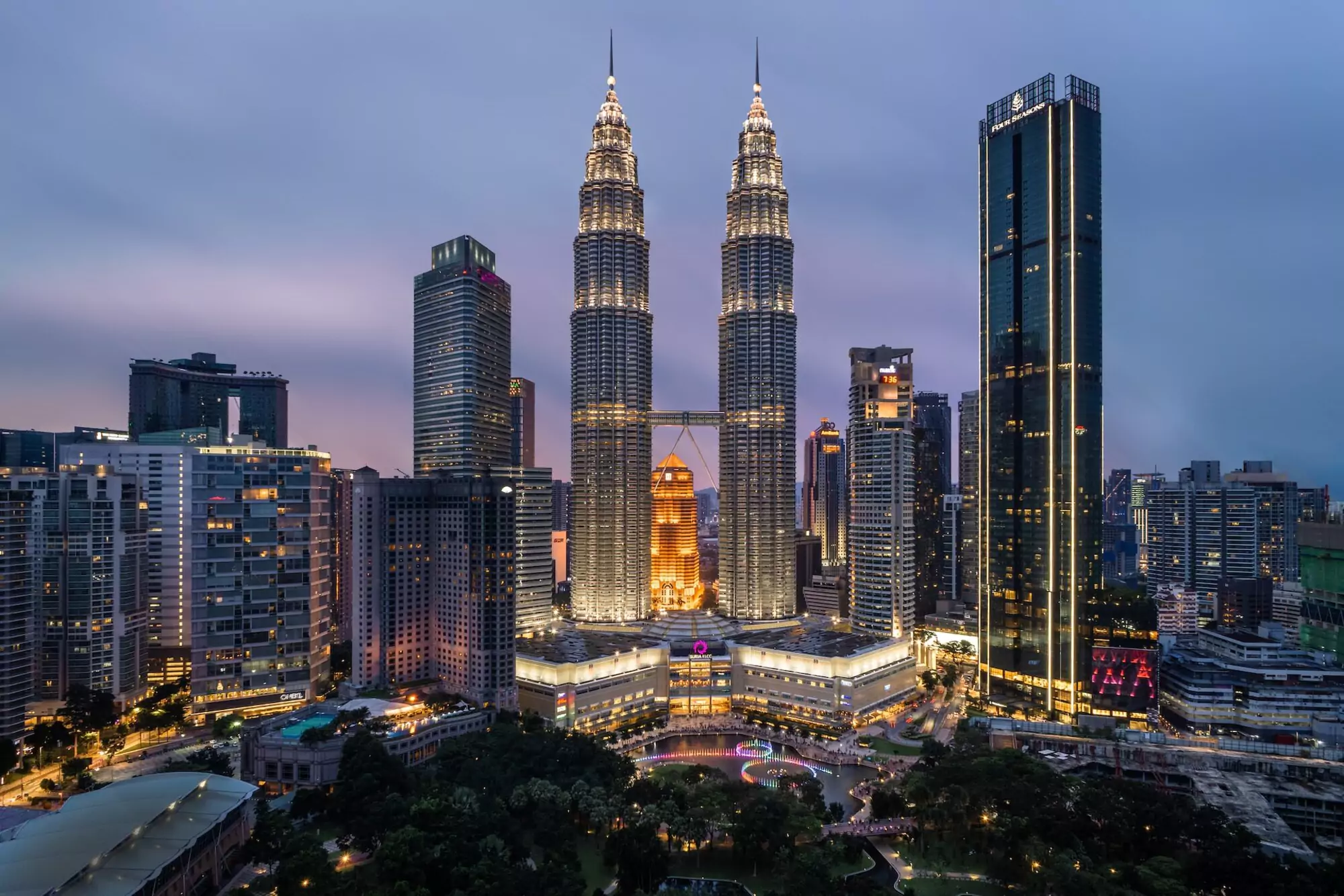
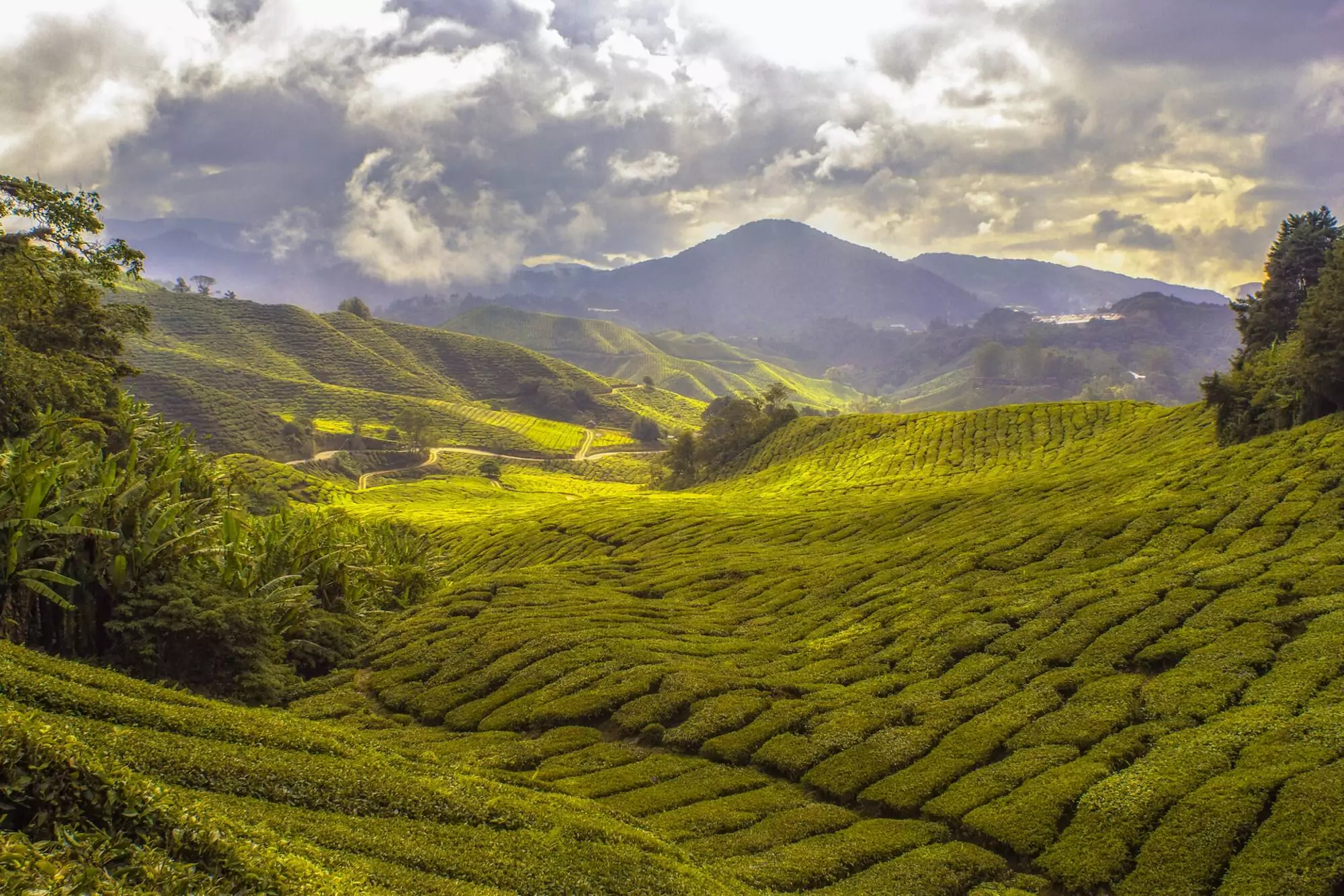

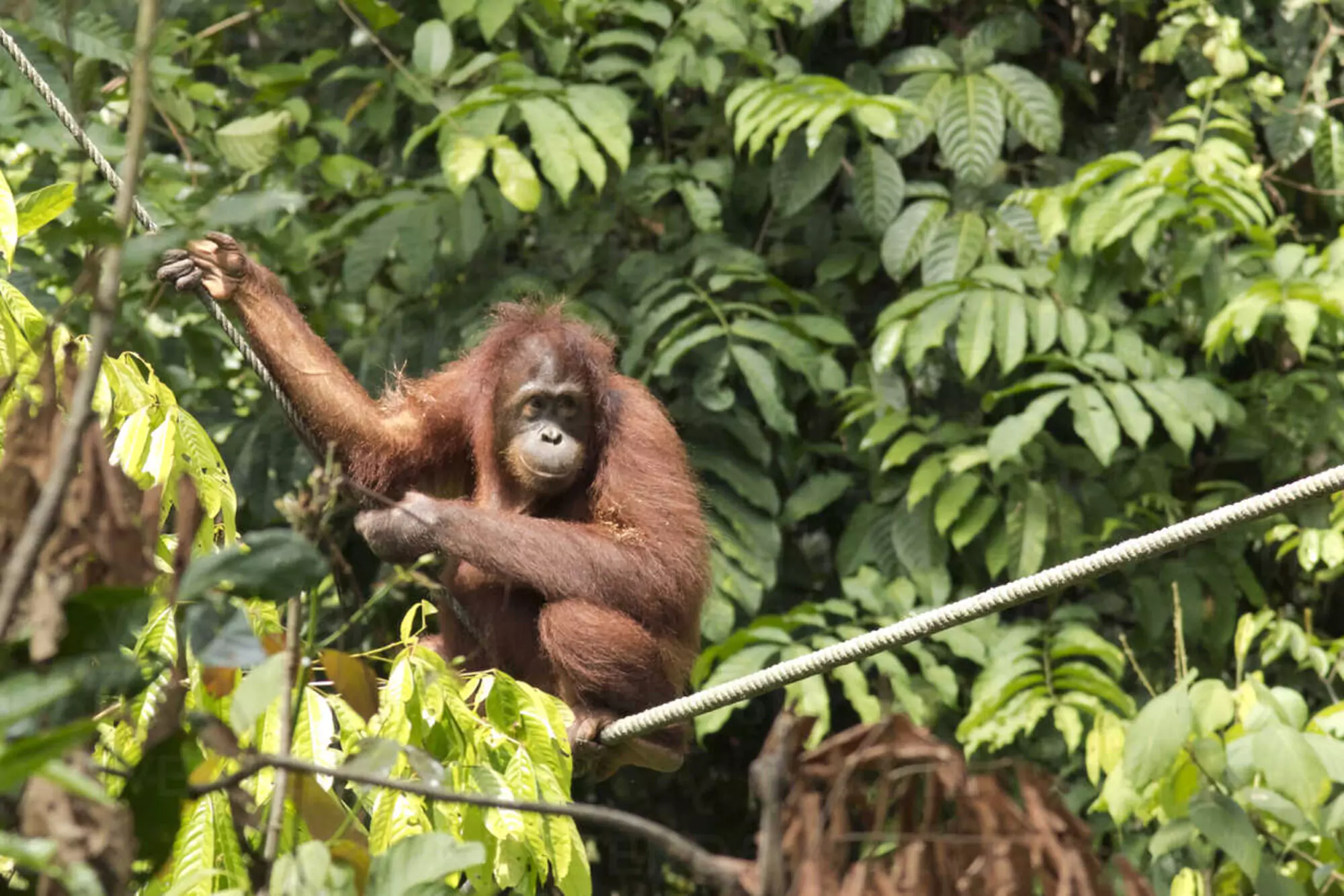
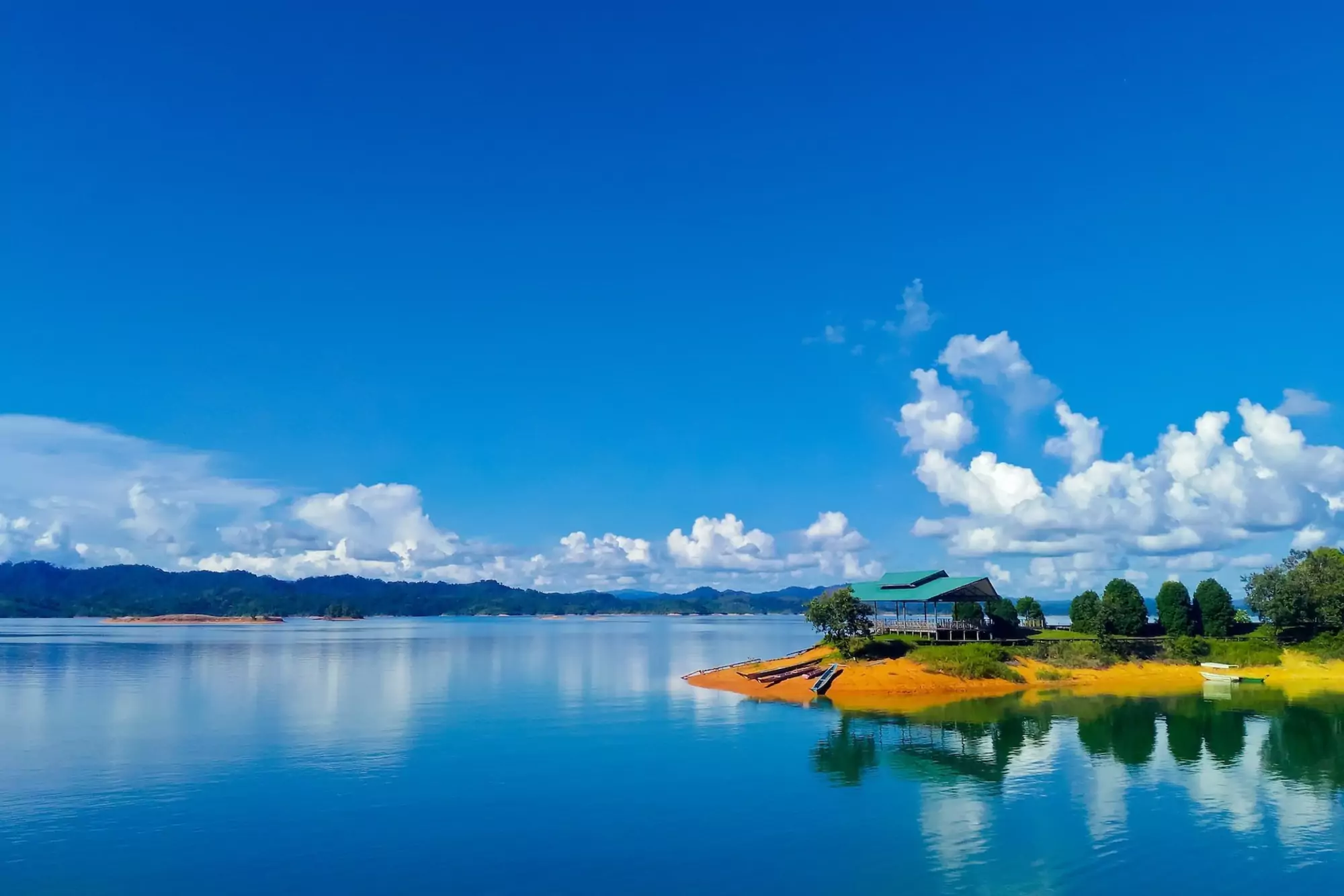

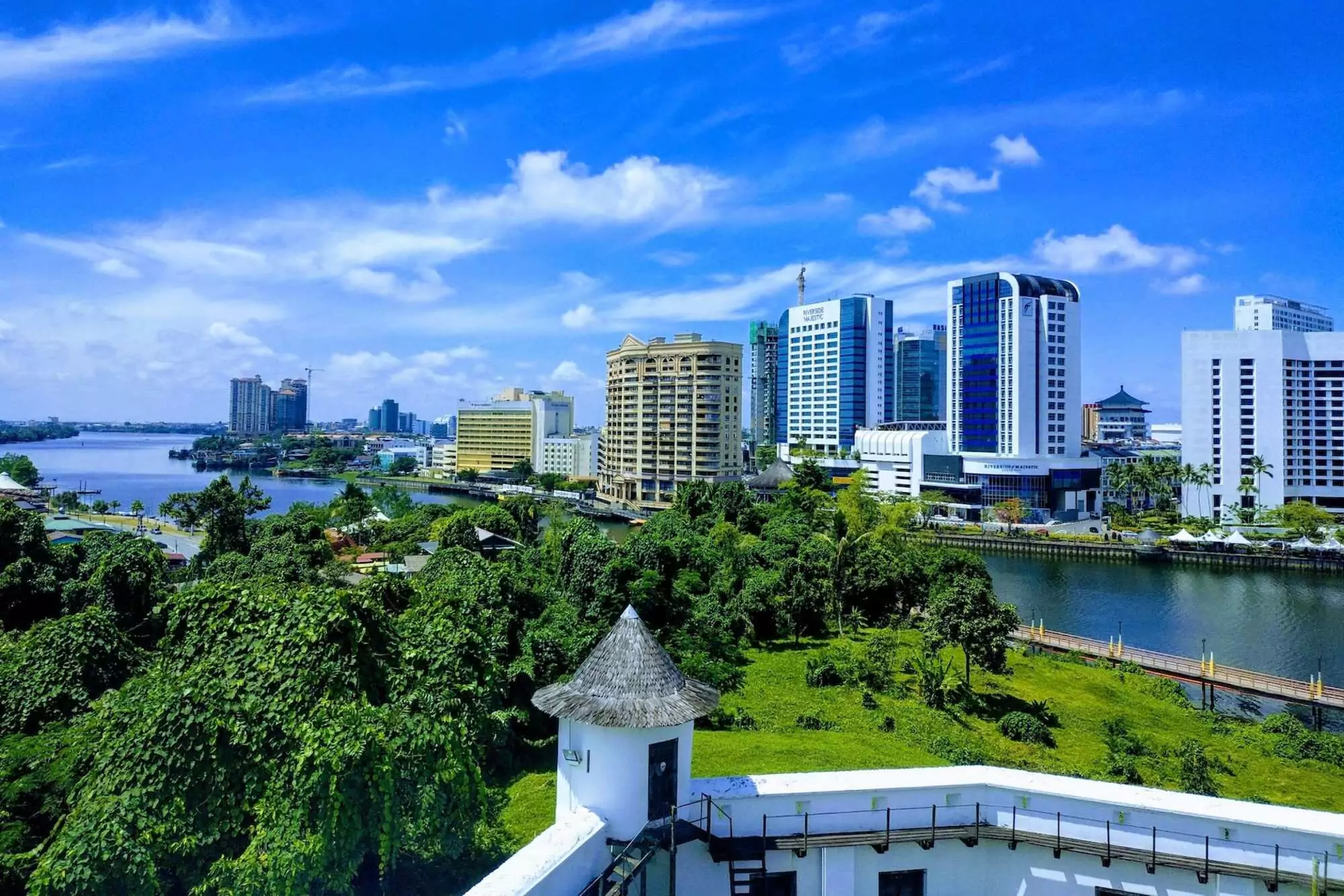
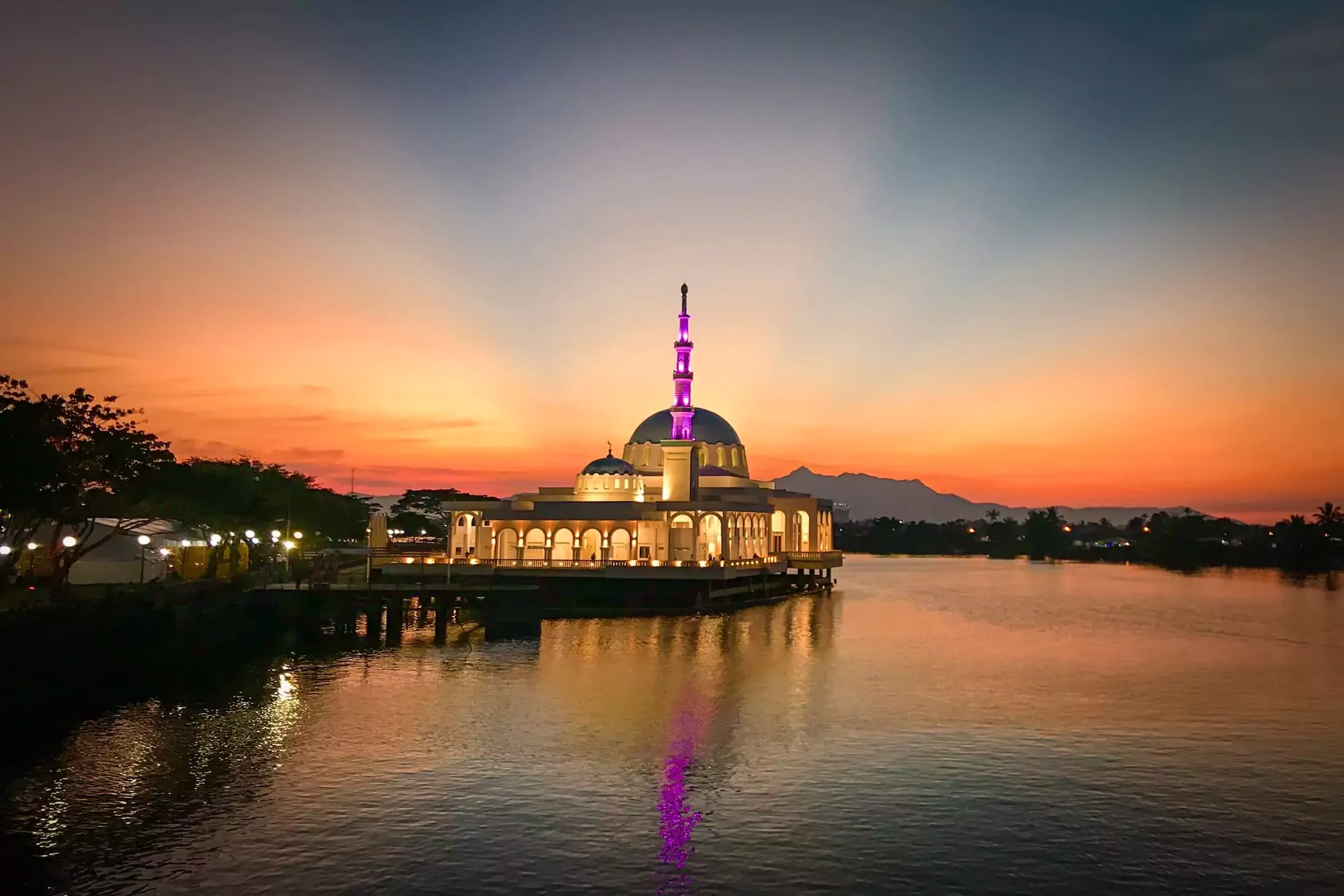
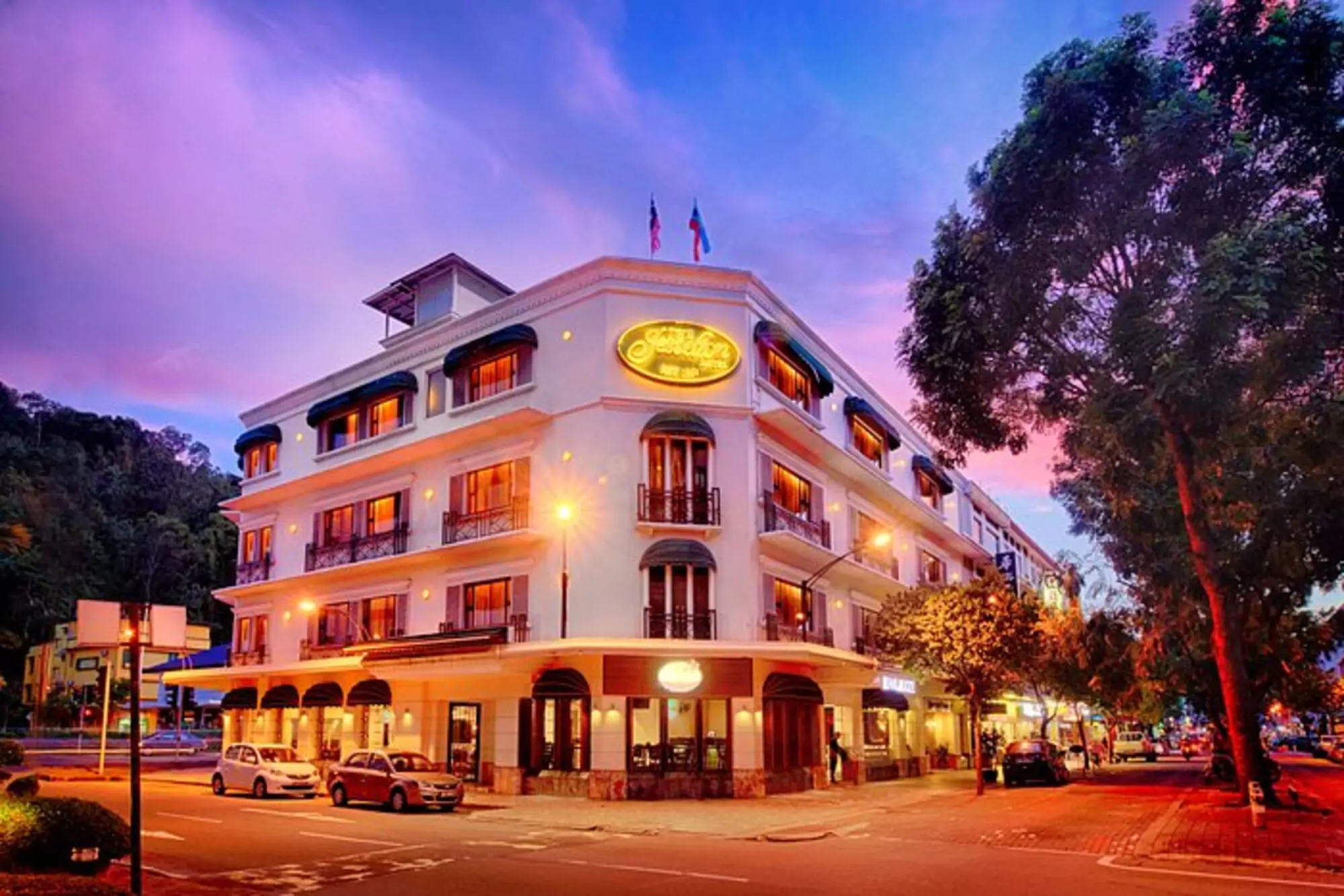
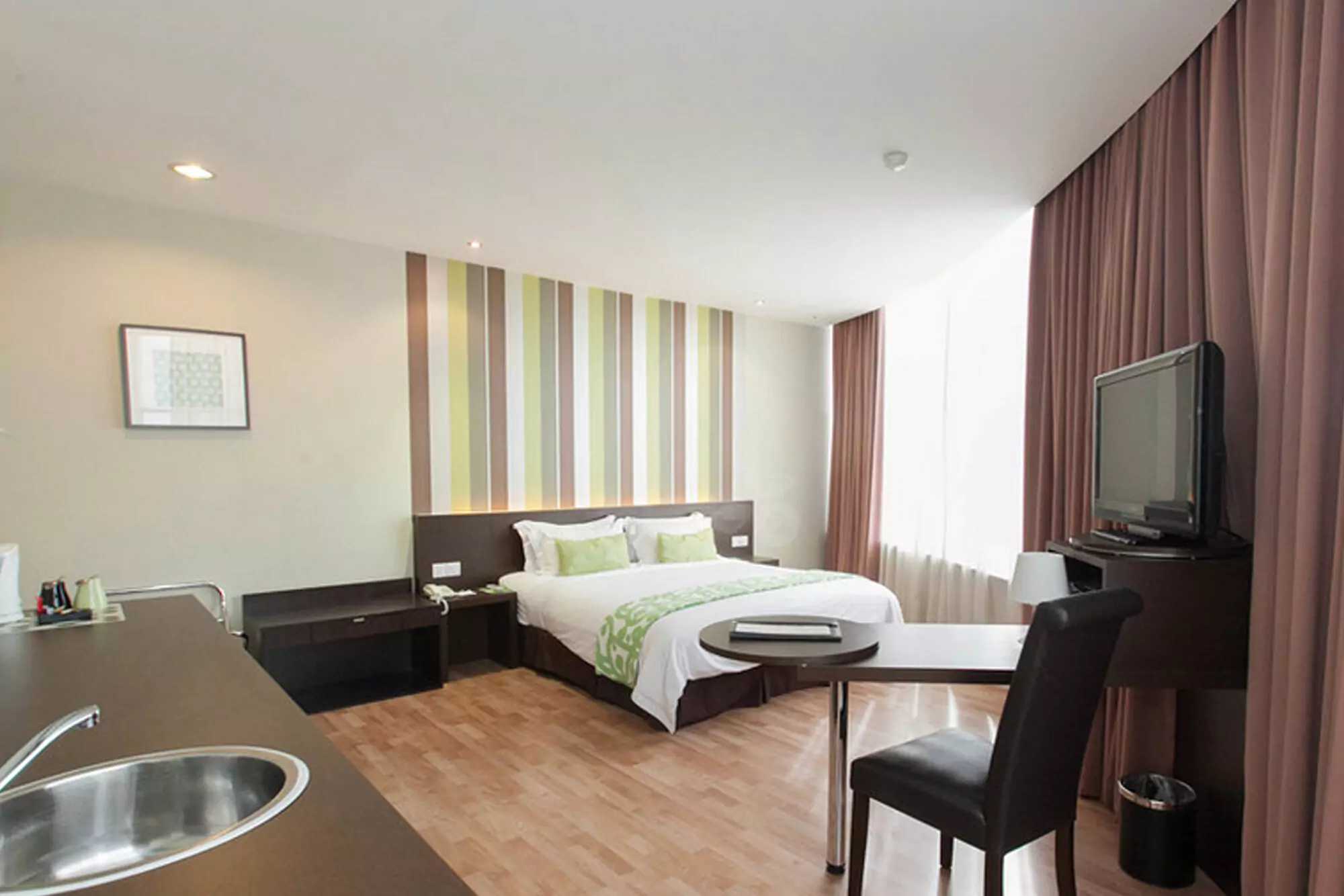
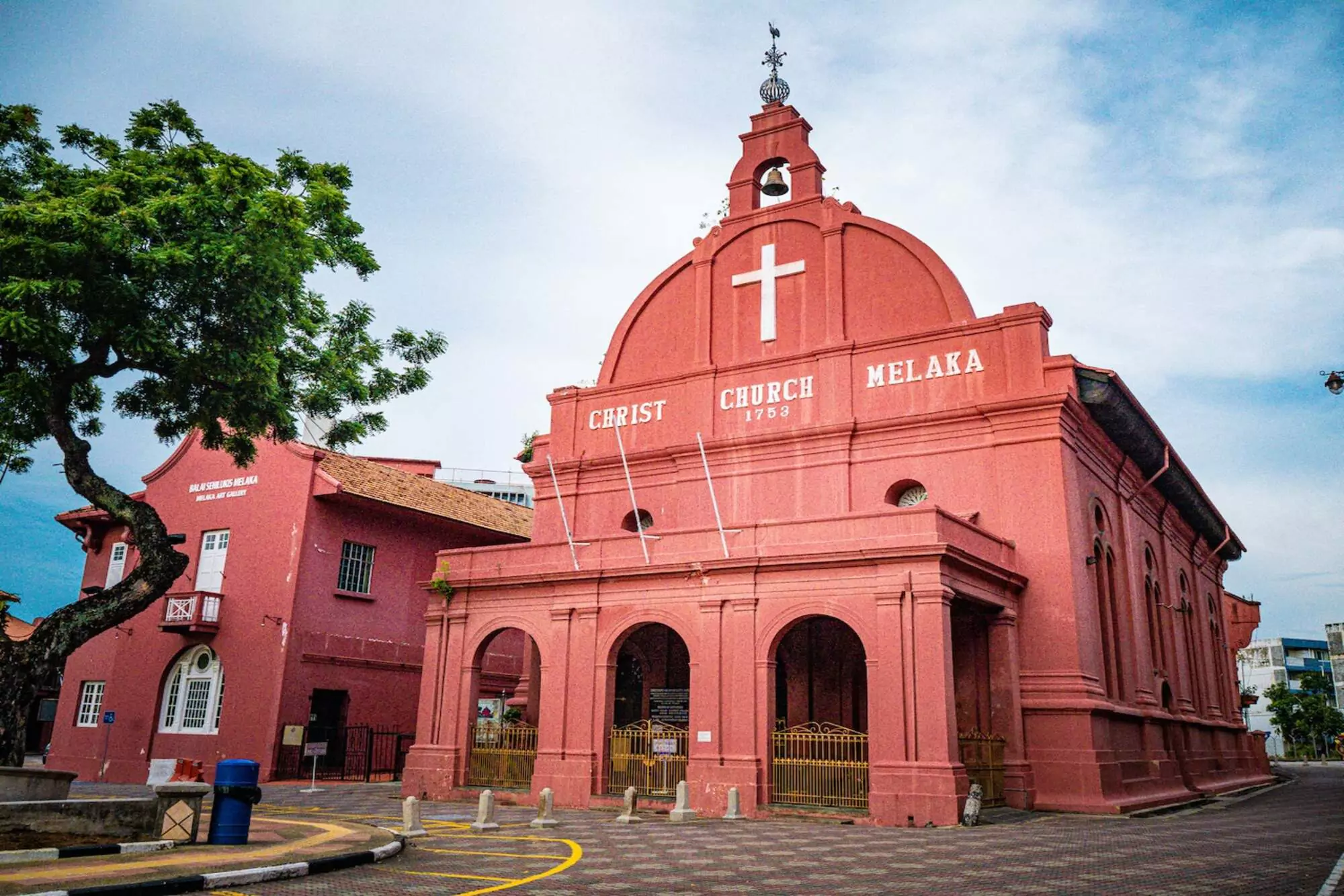
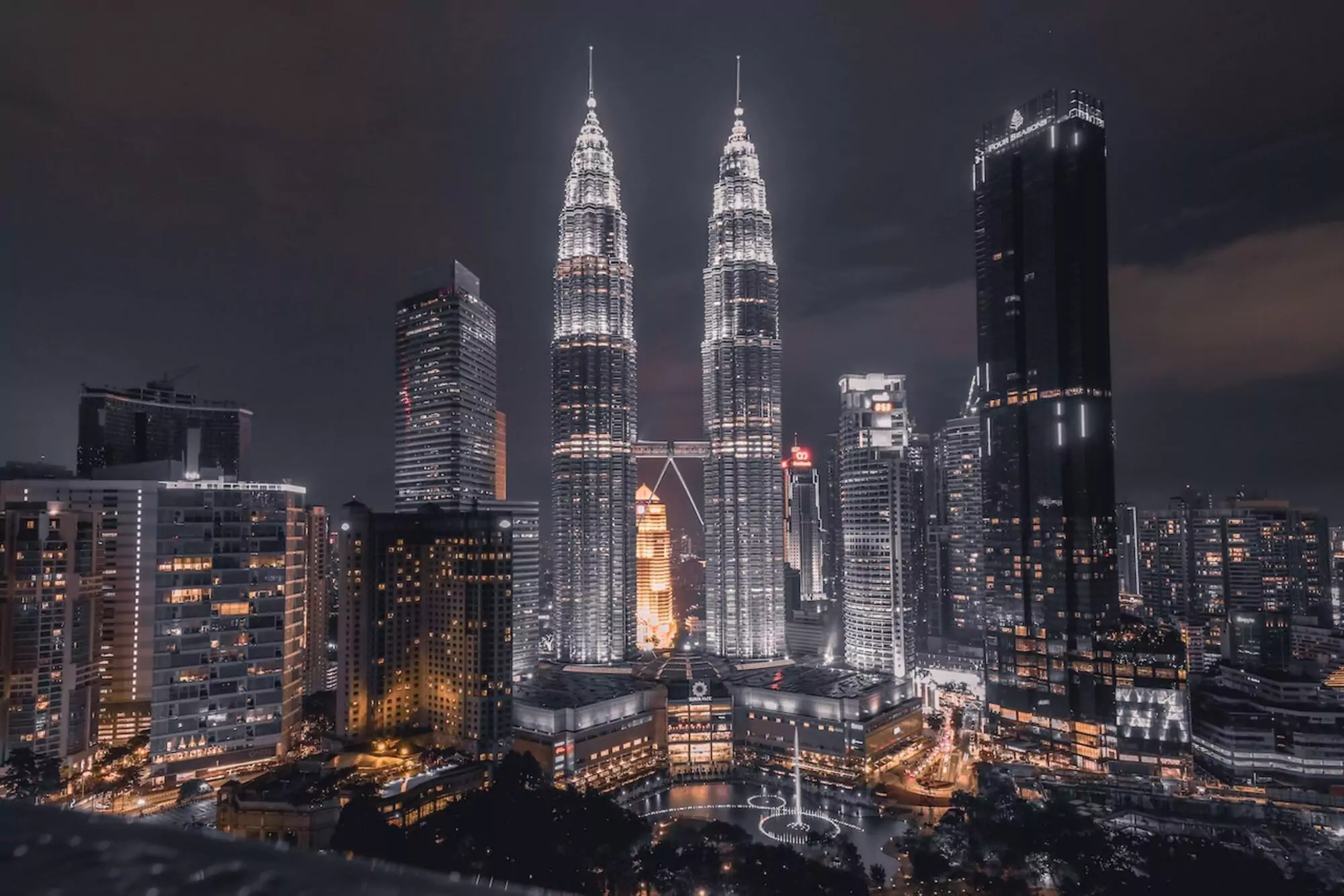

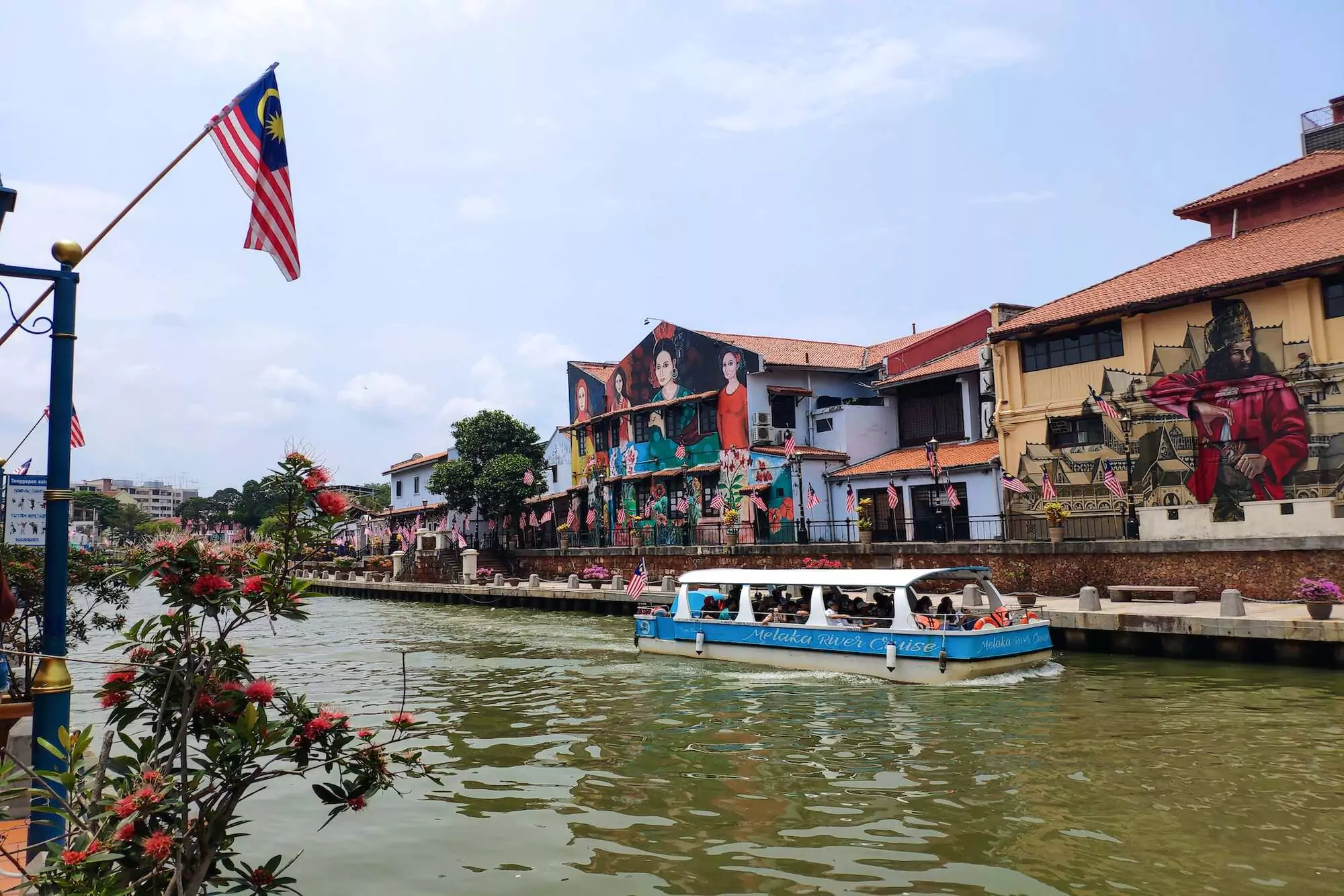

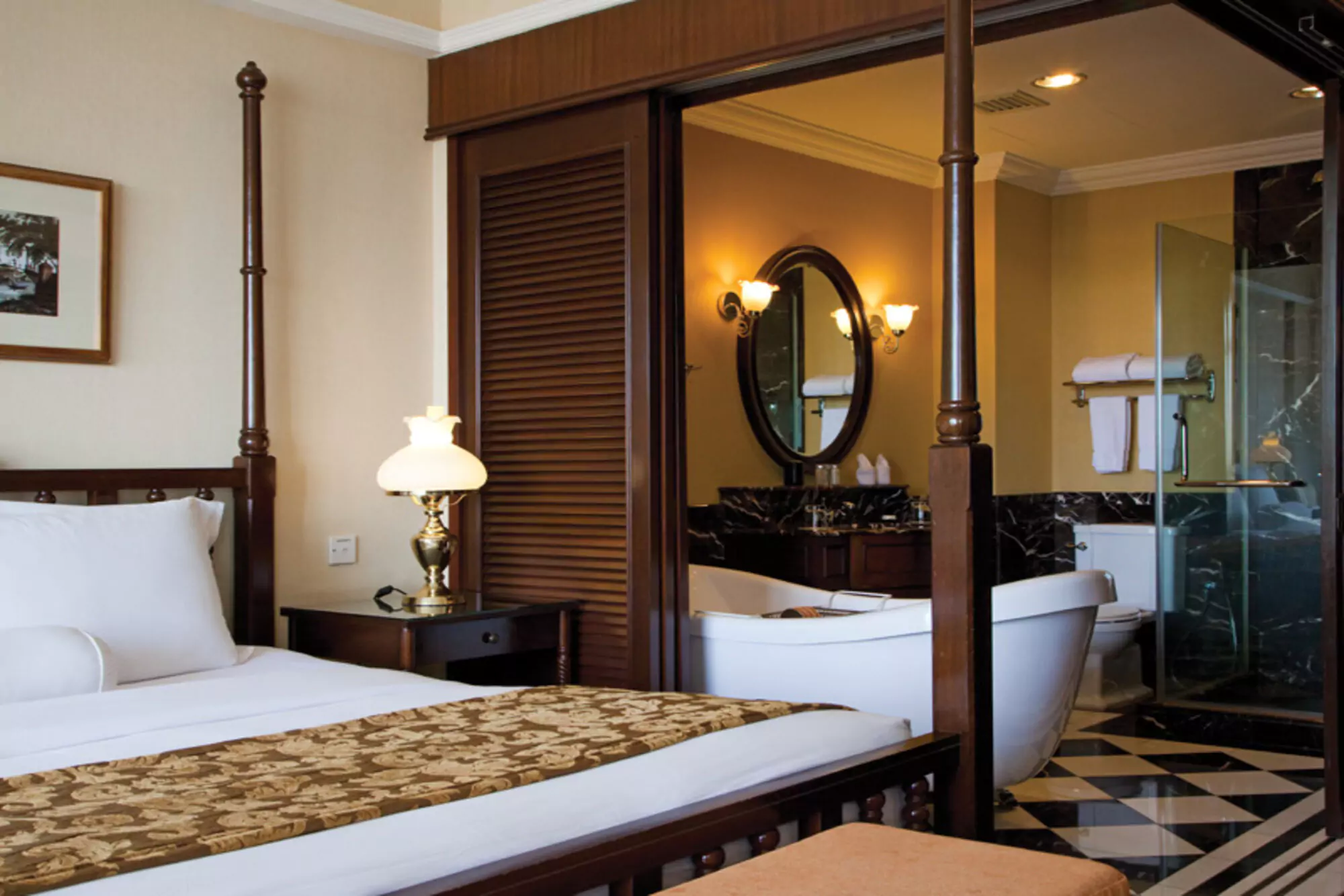
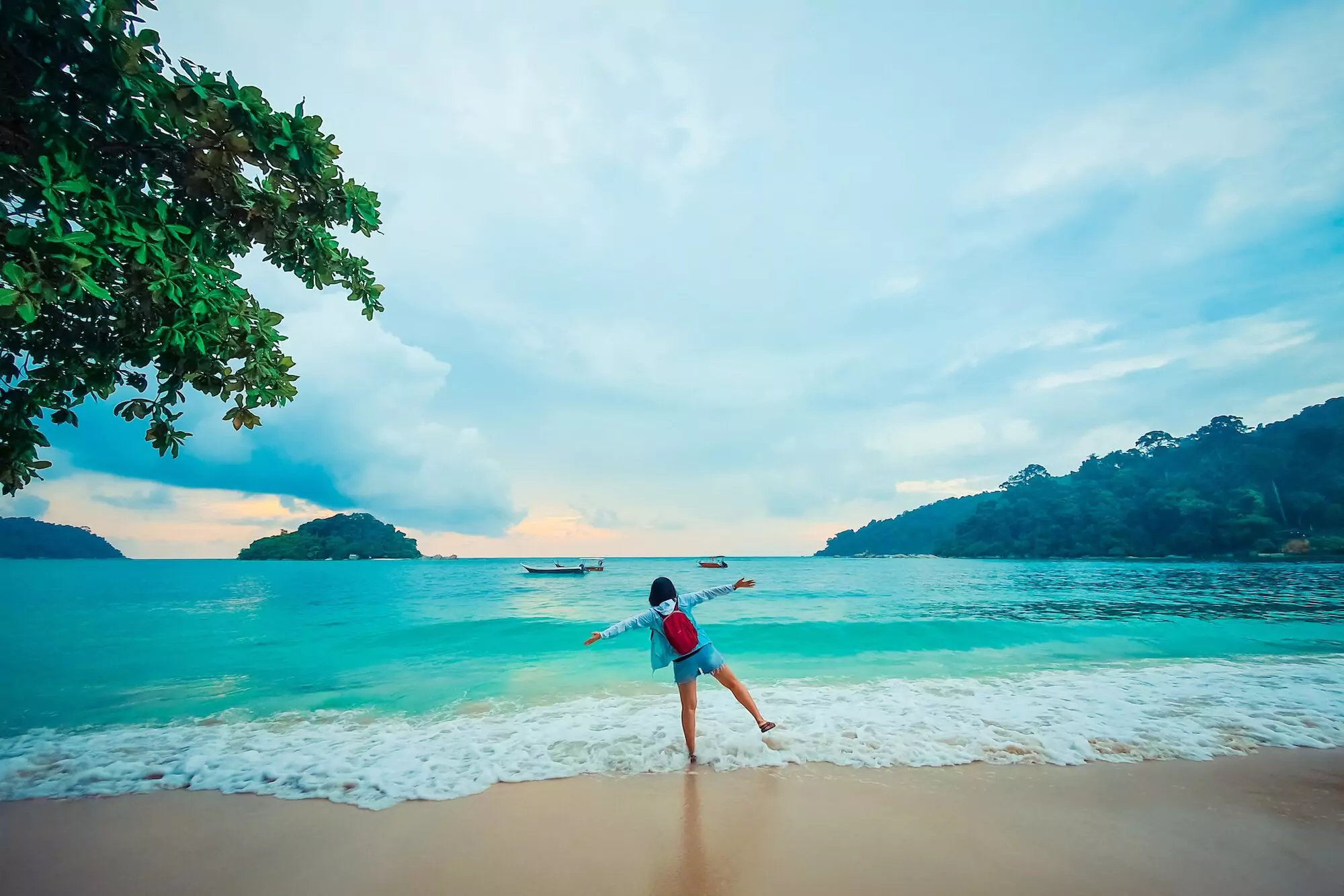

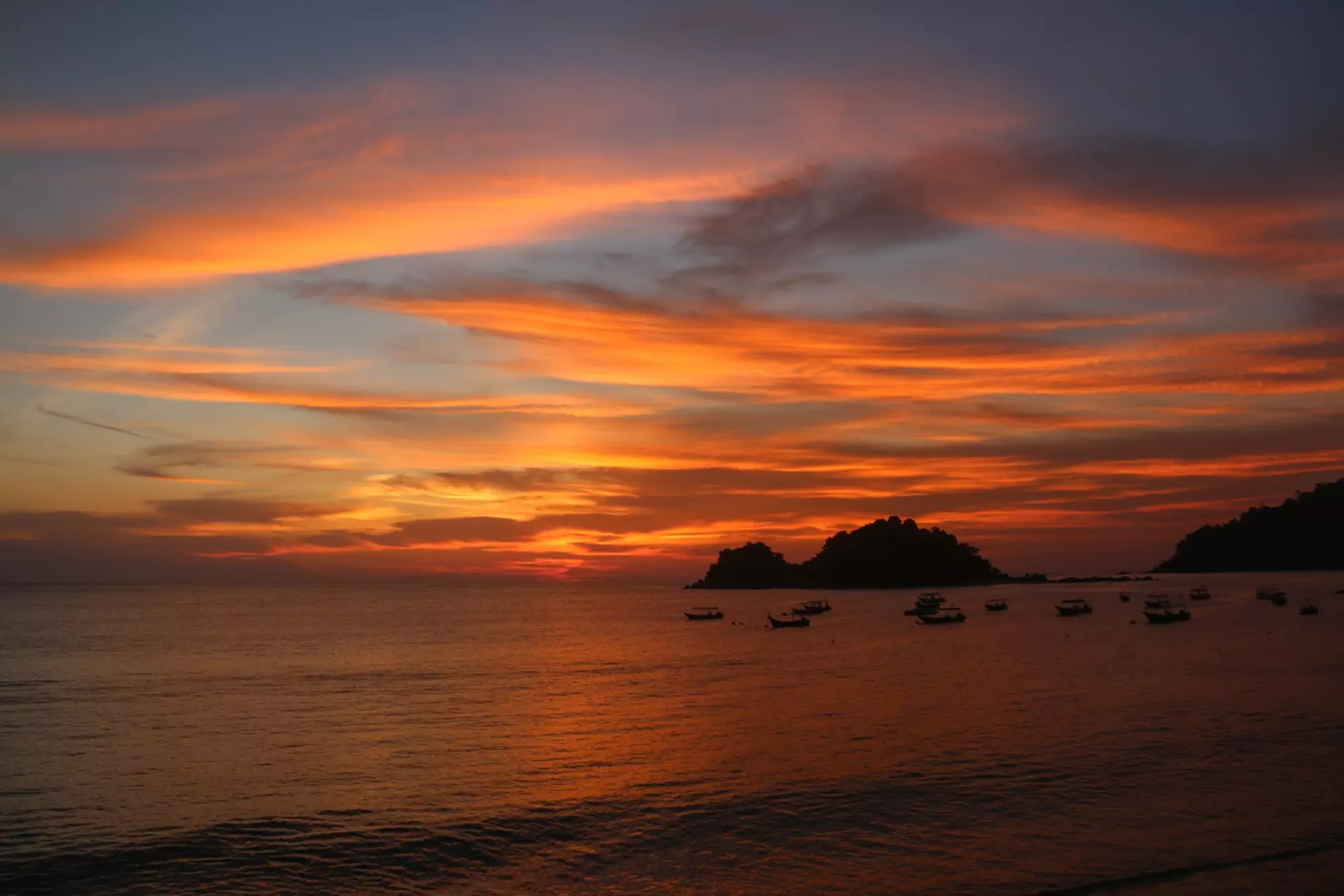
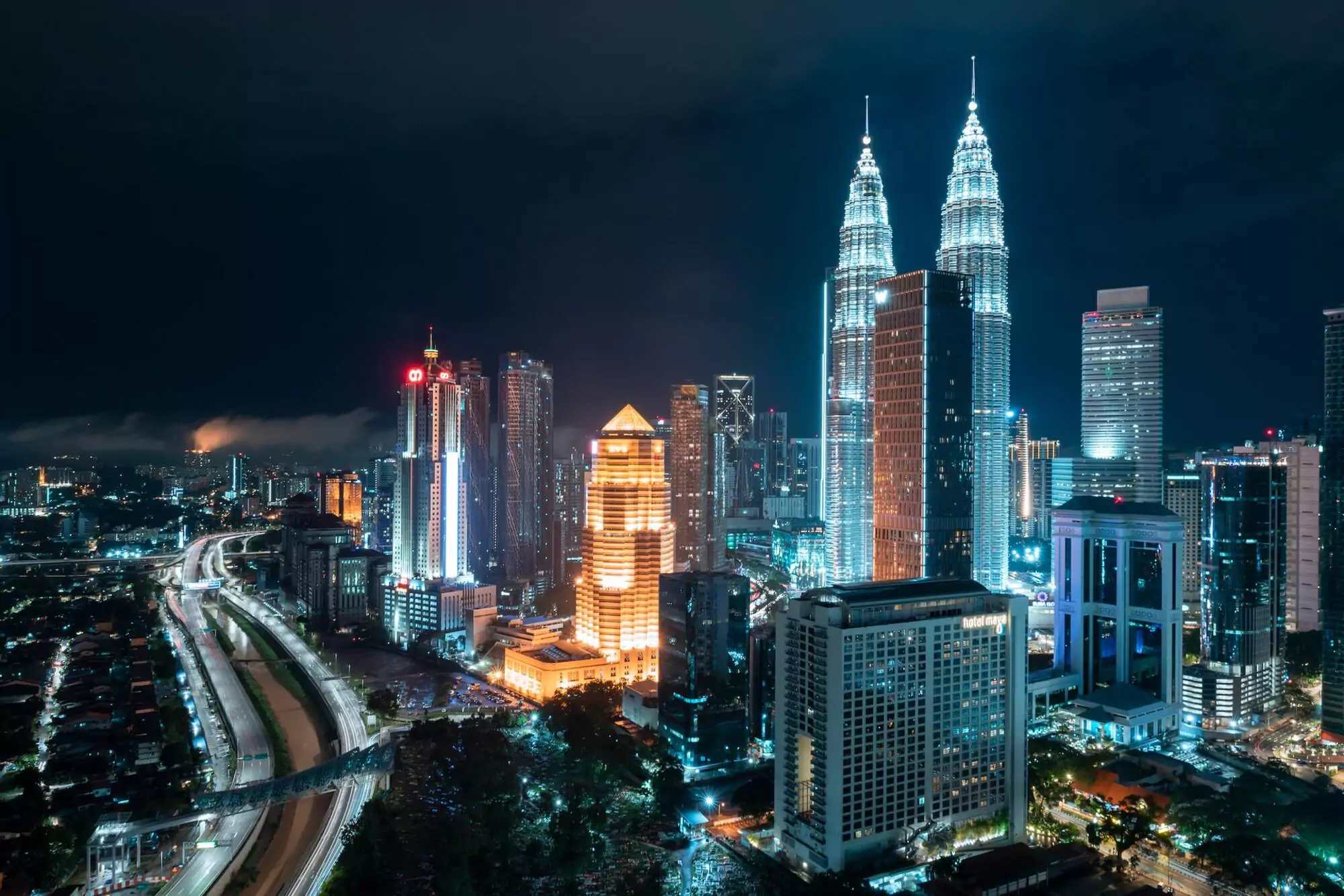

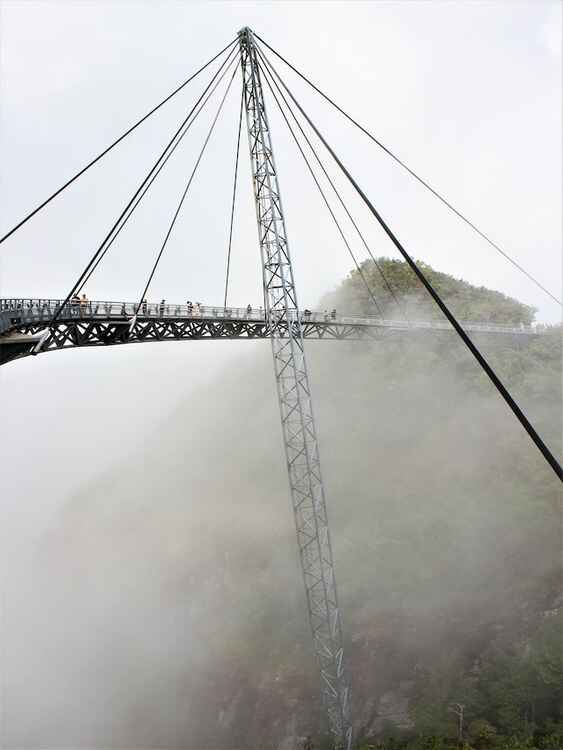
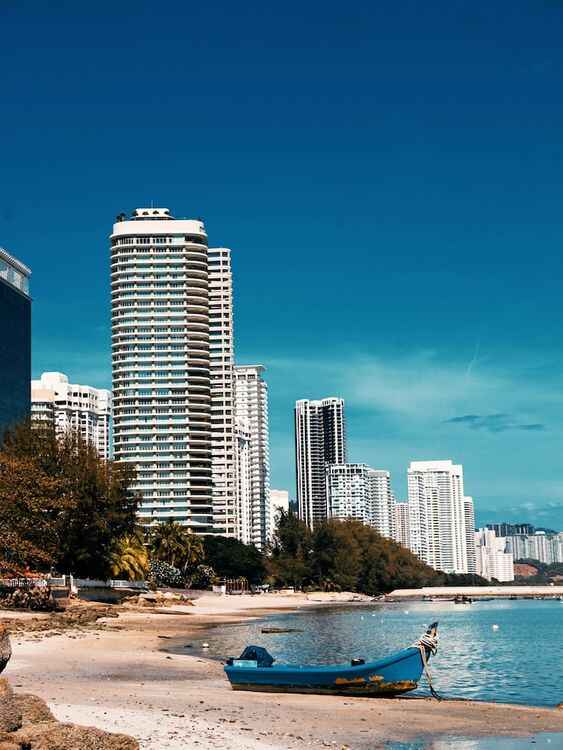


 Enquiry Now
Enquiry Now